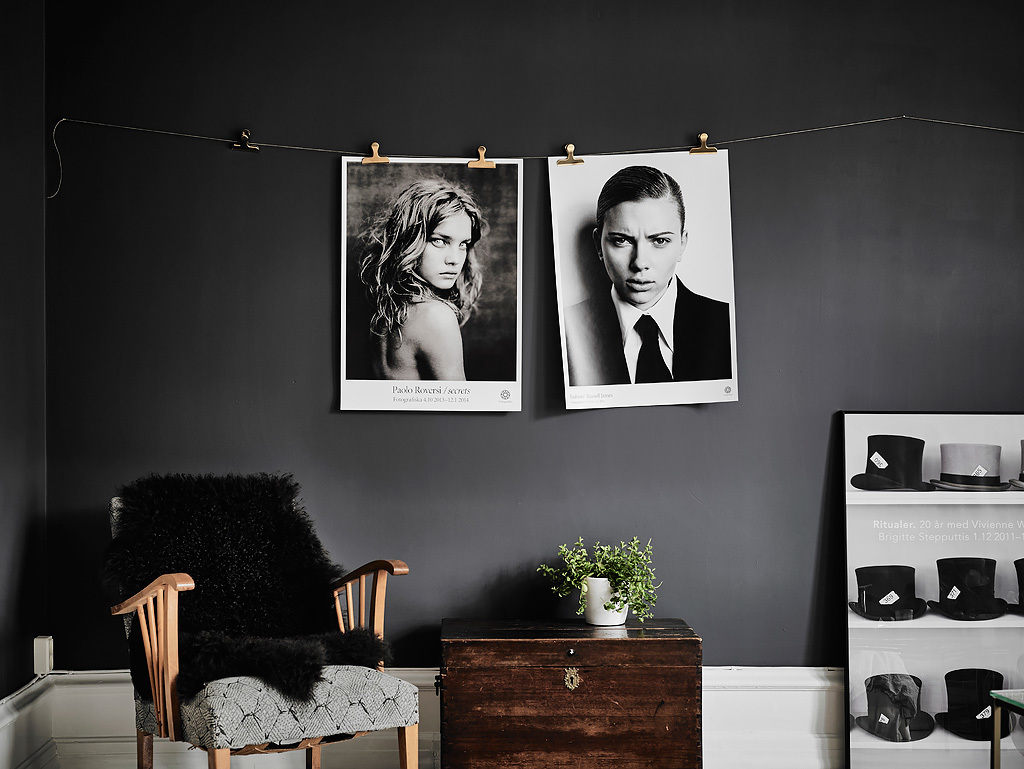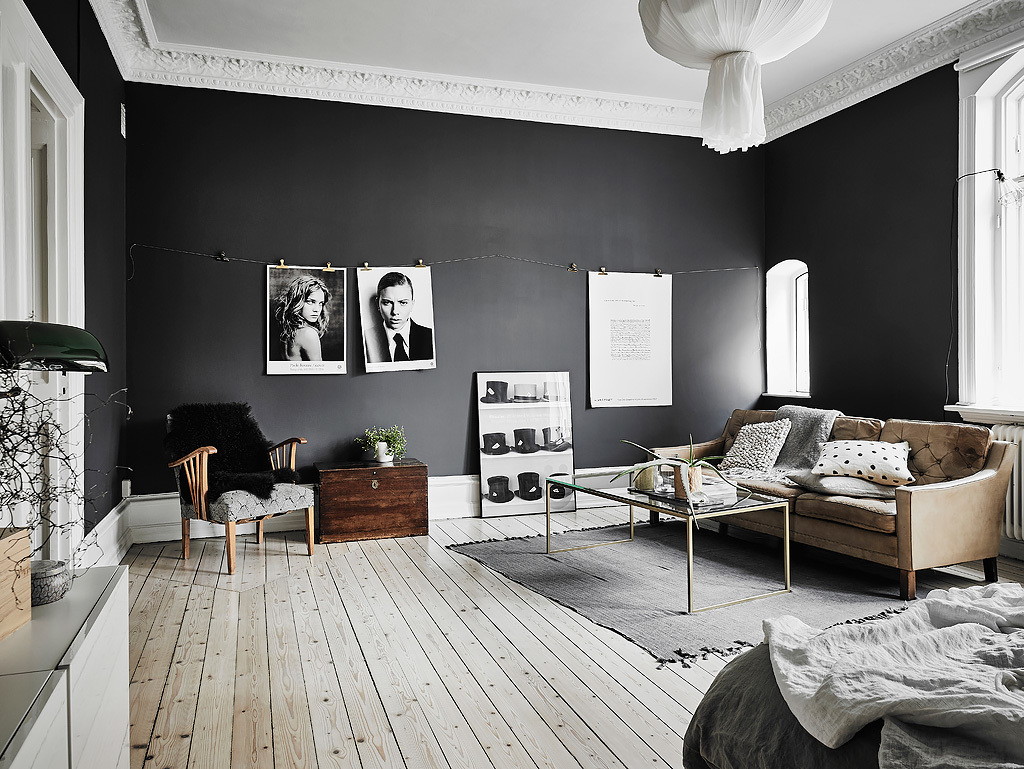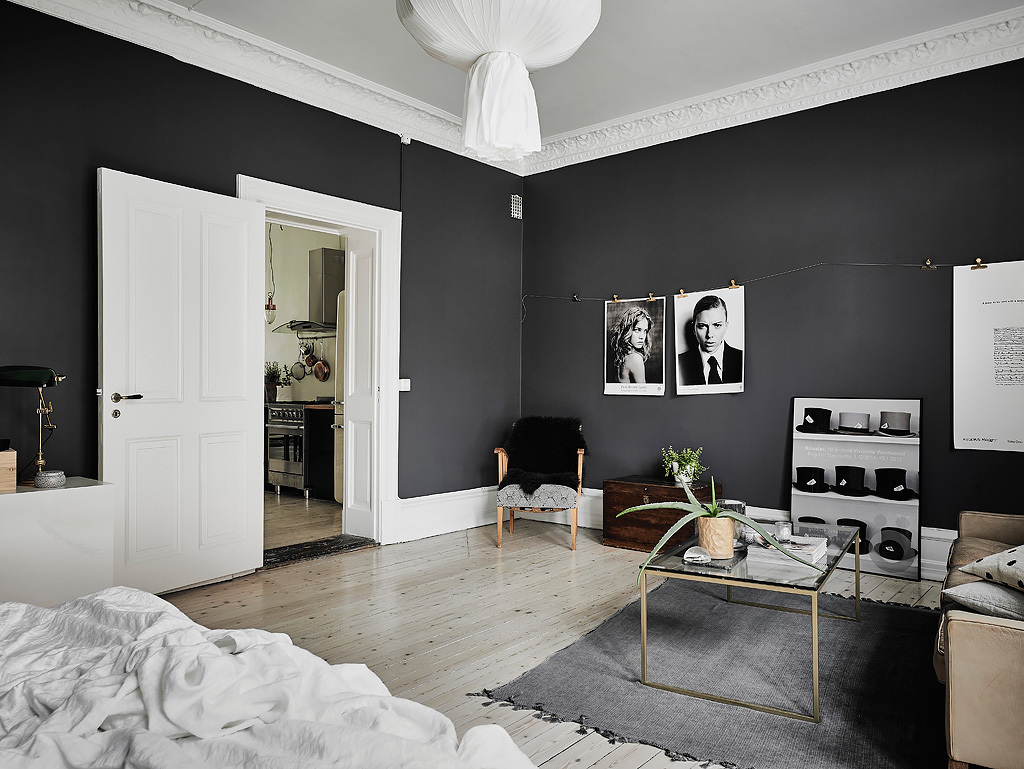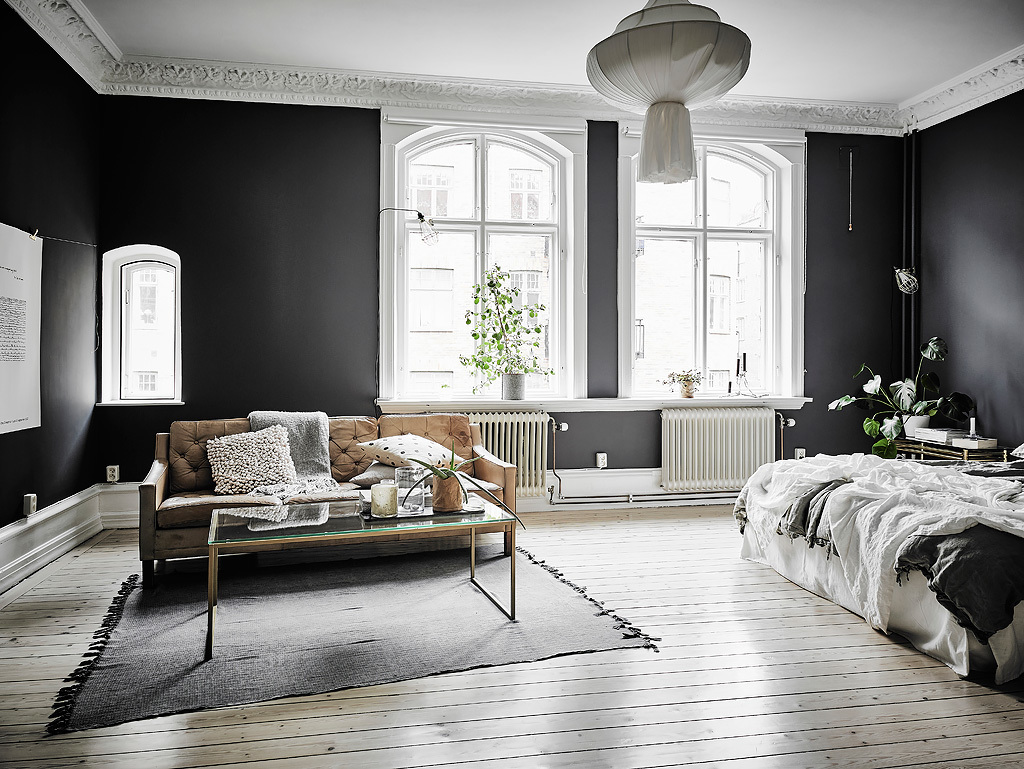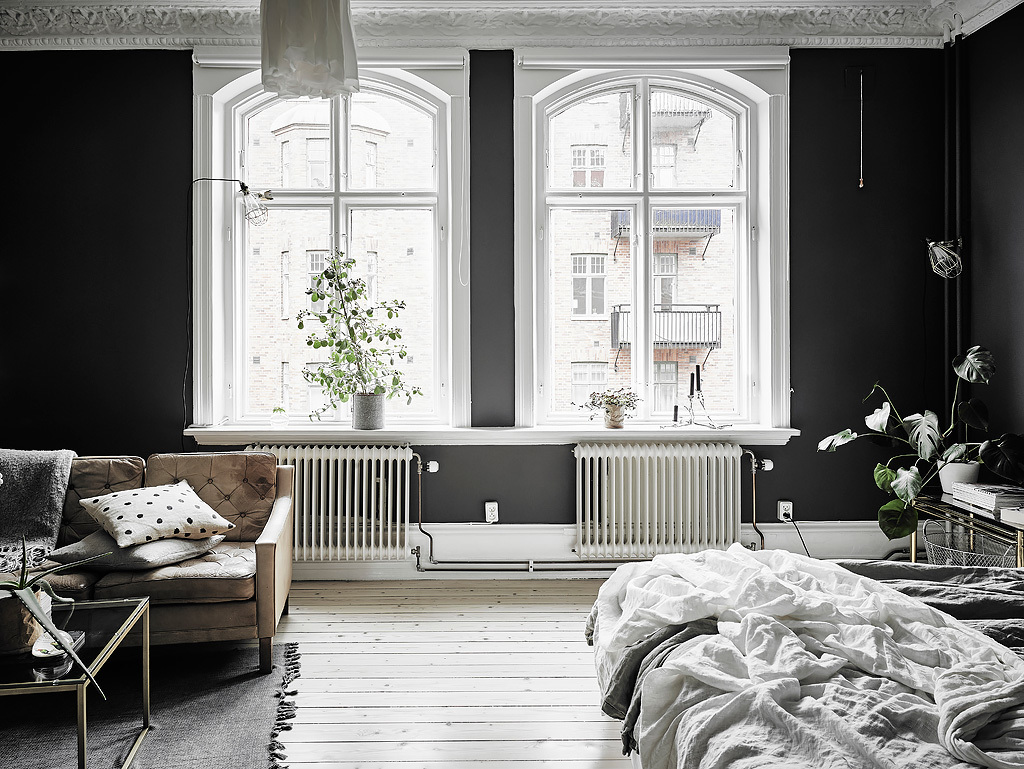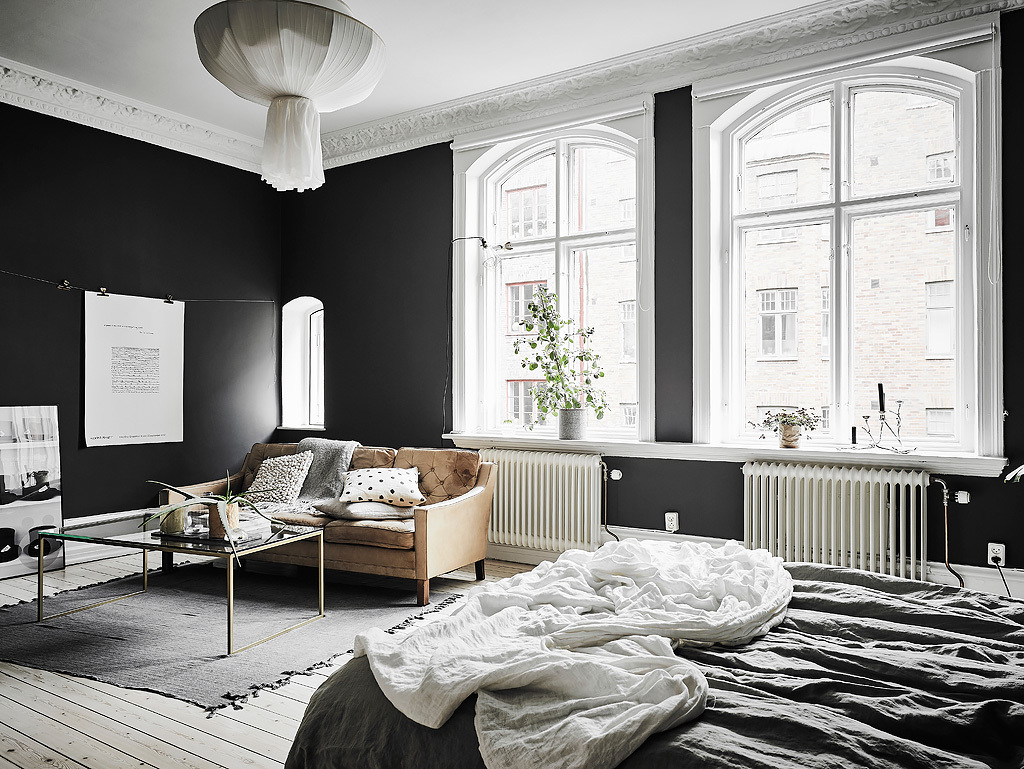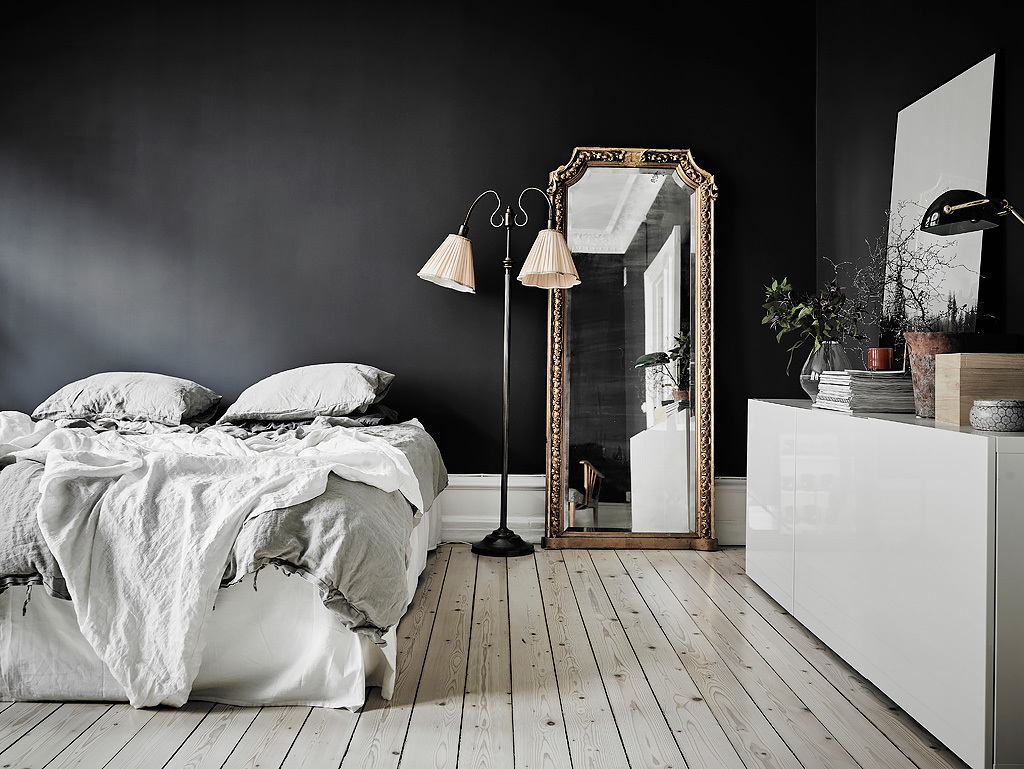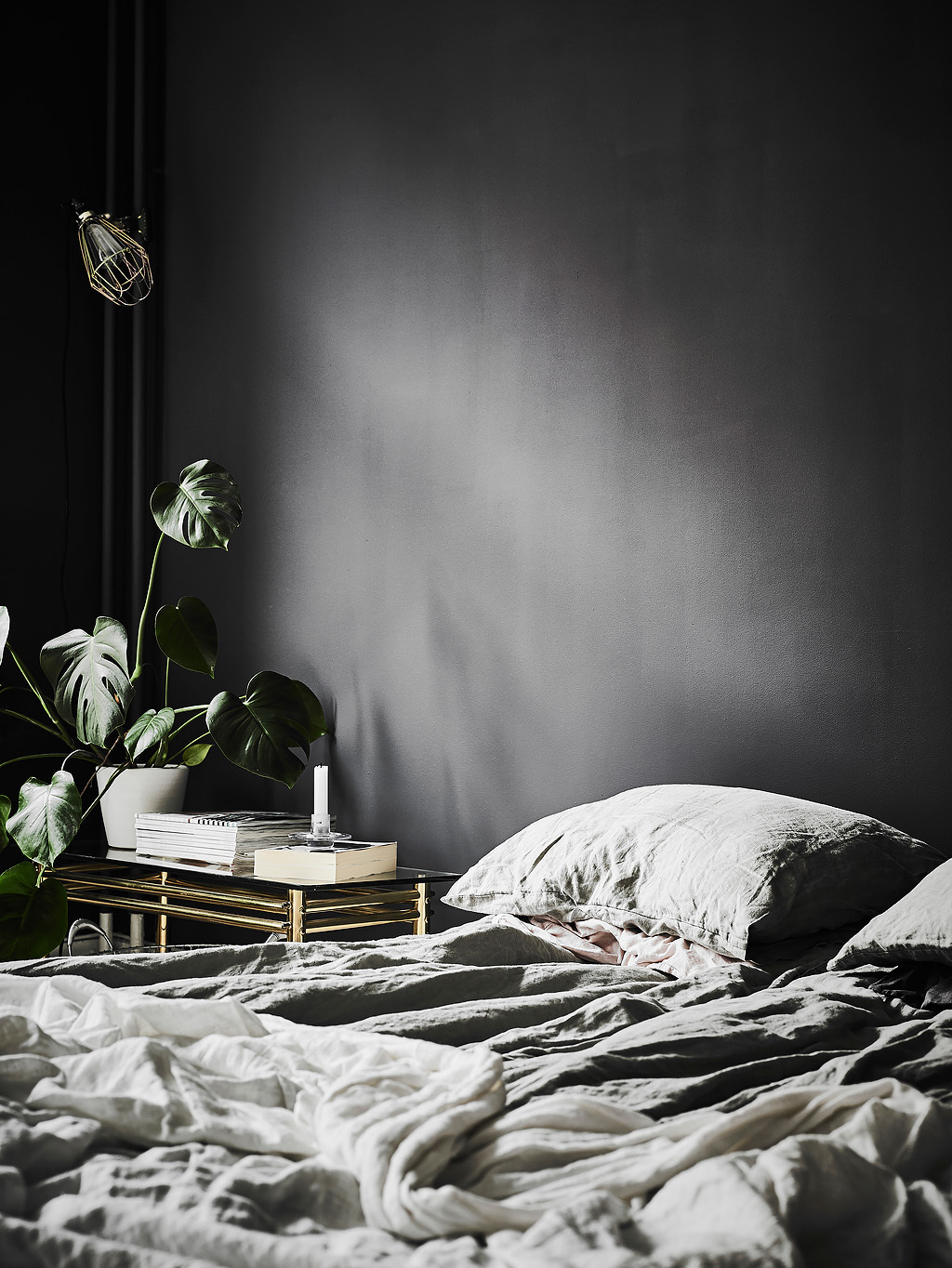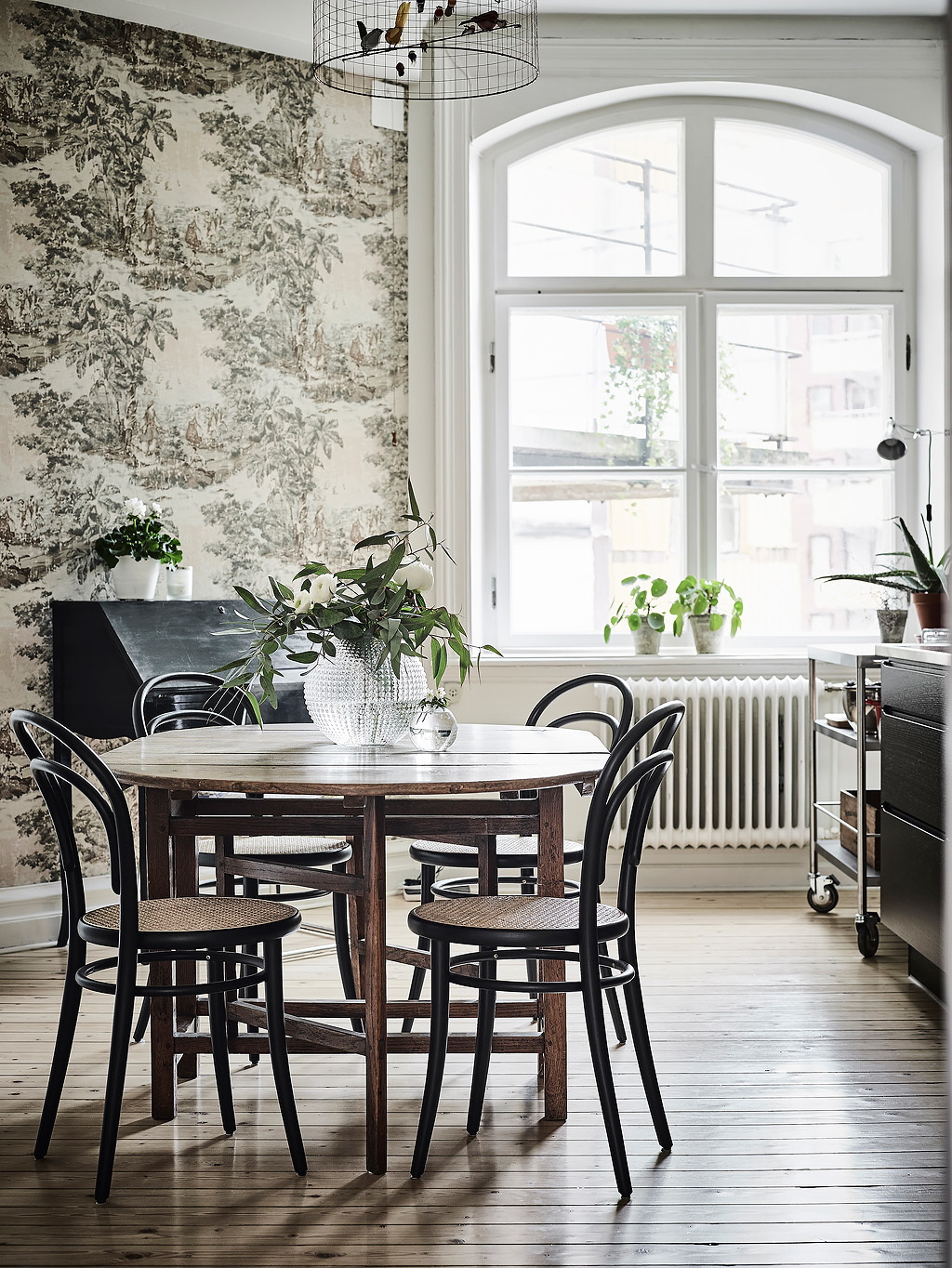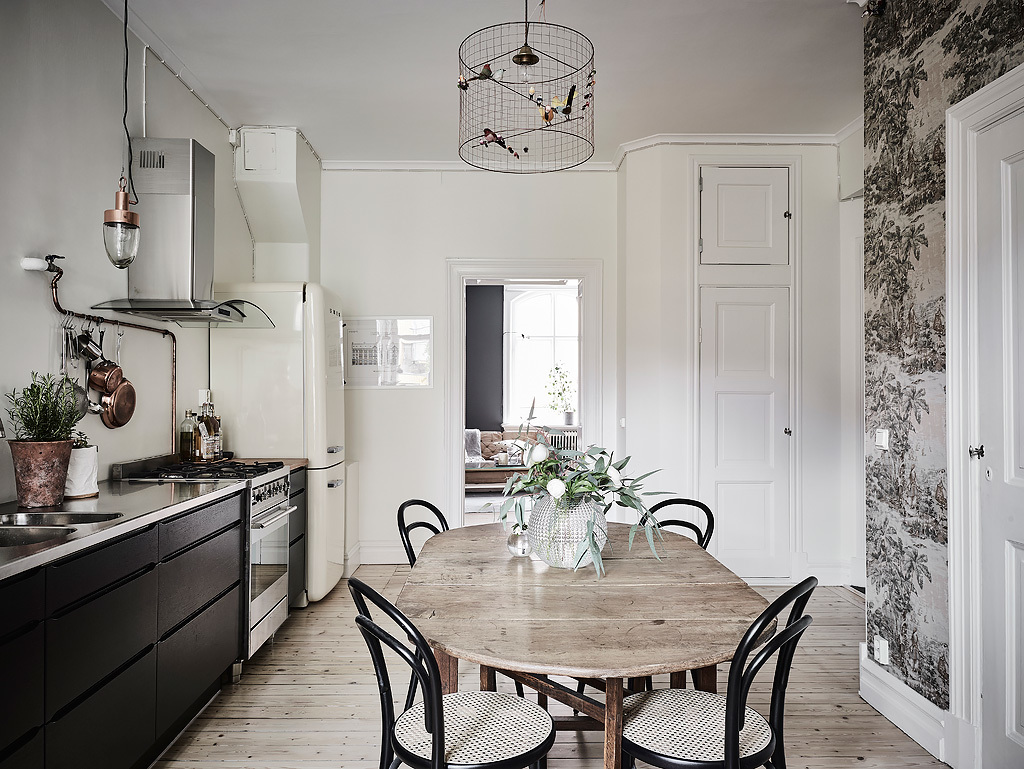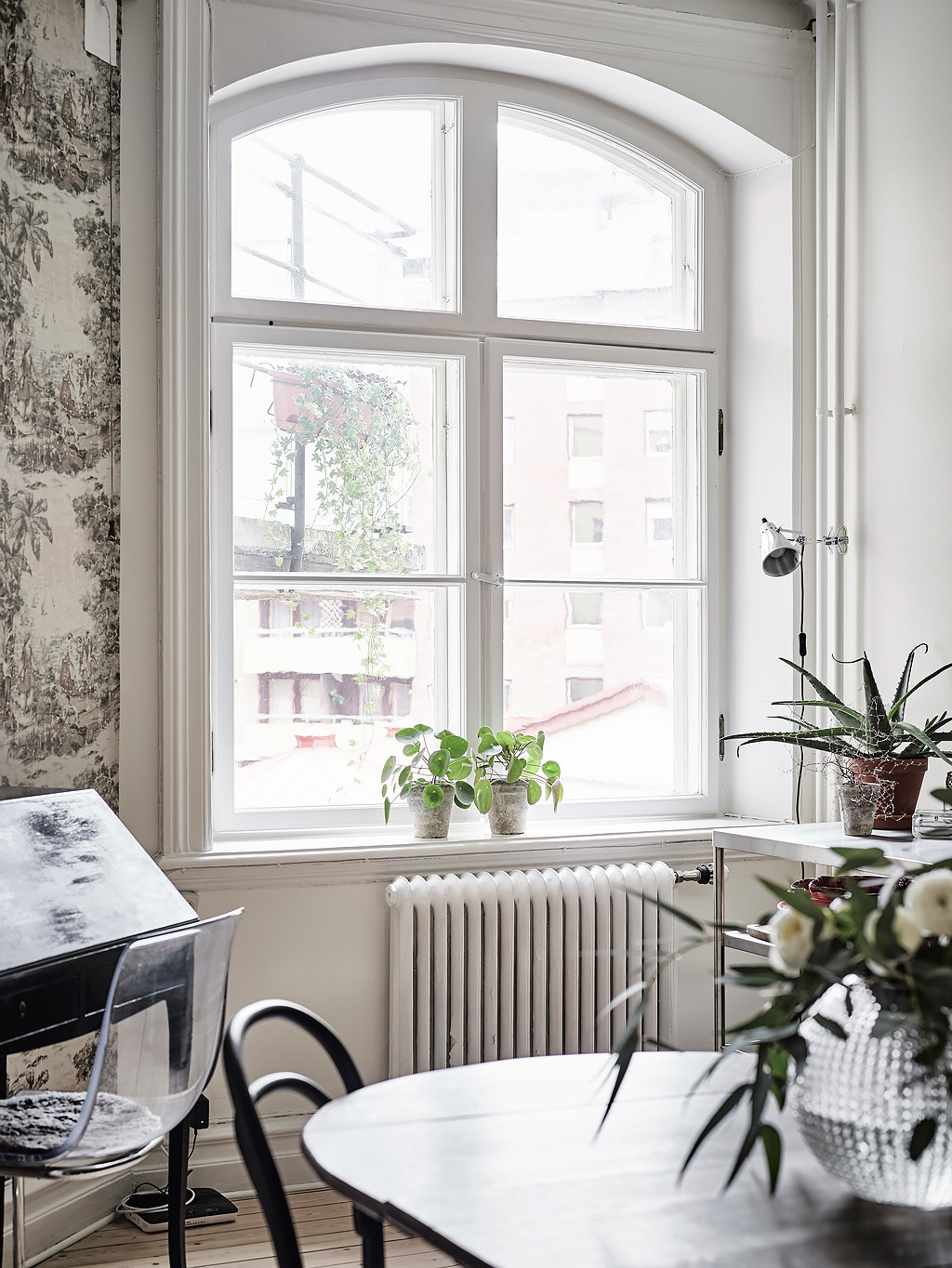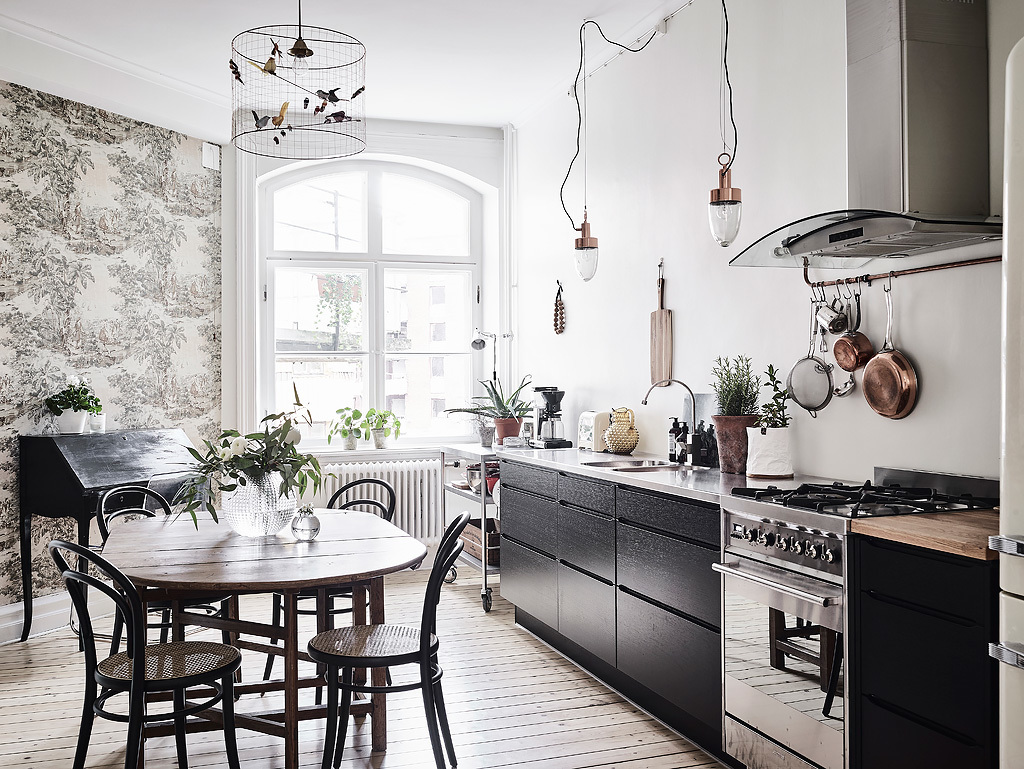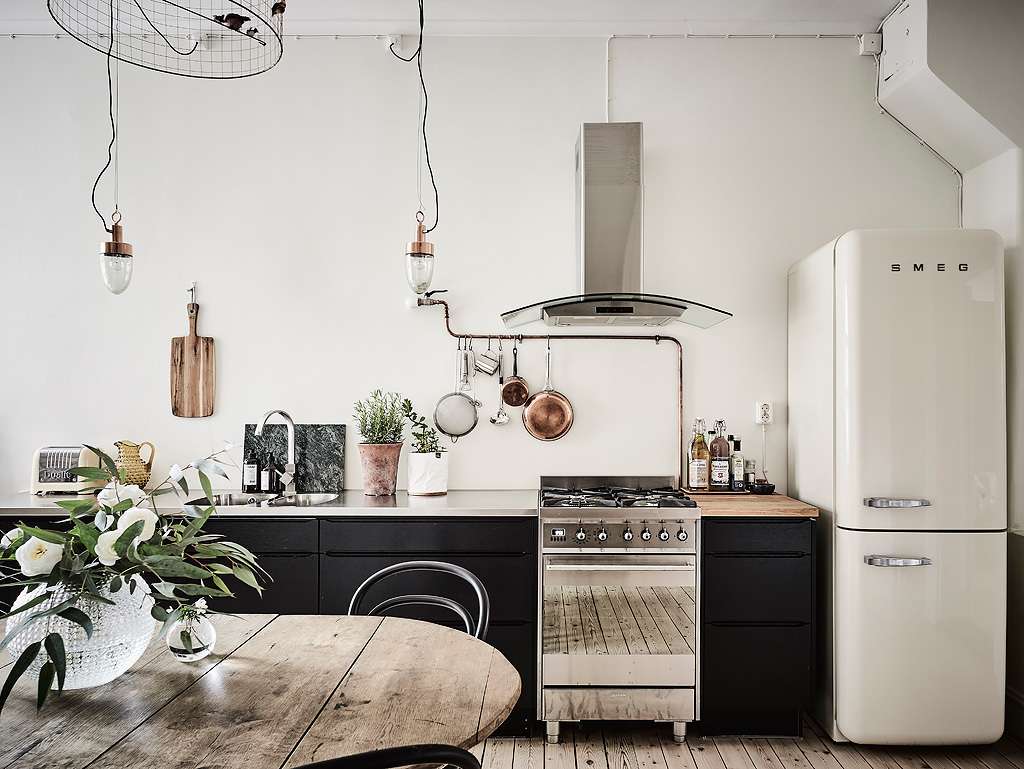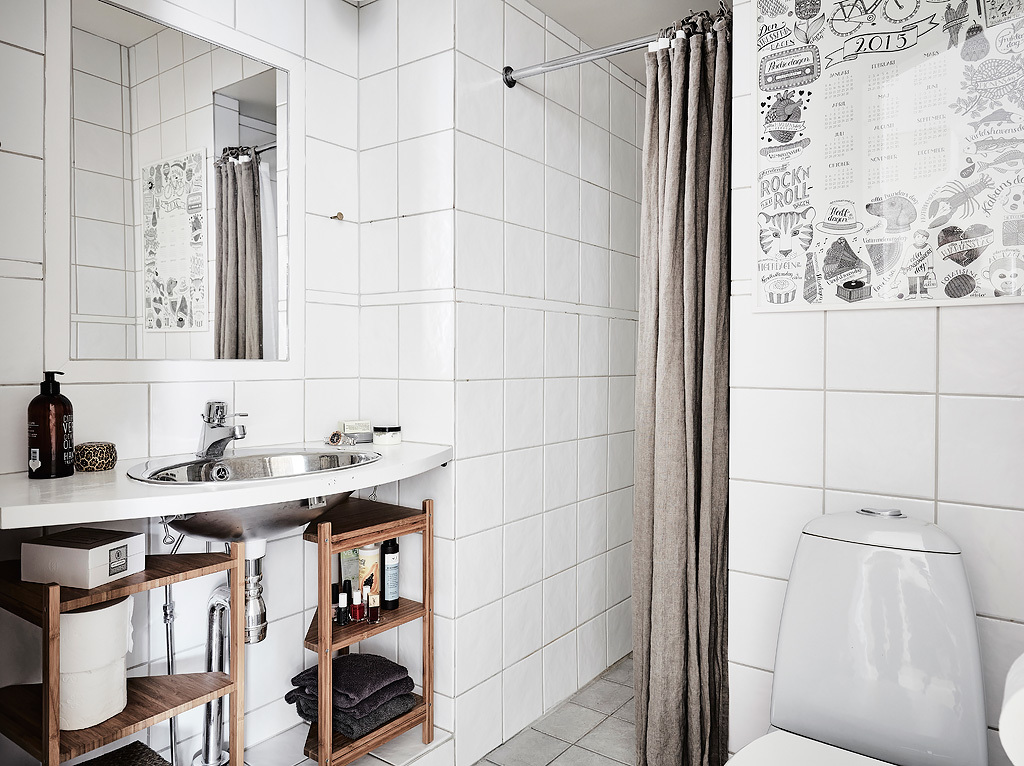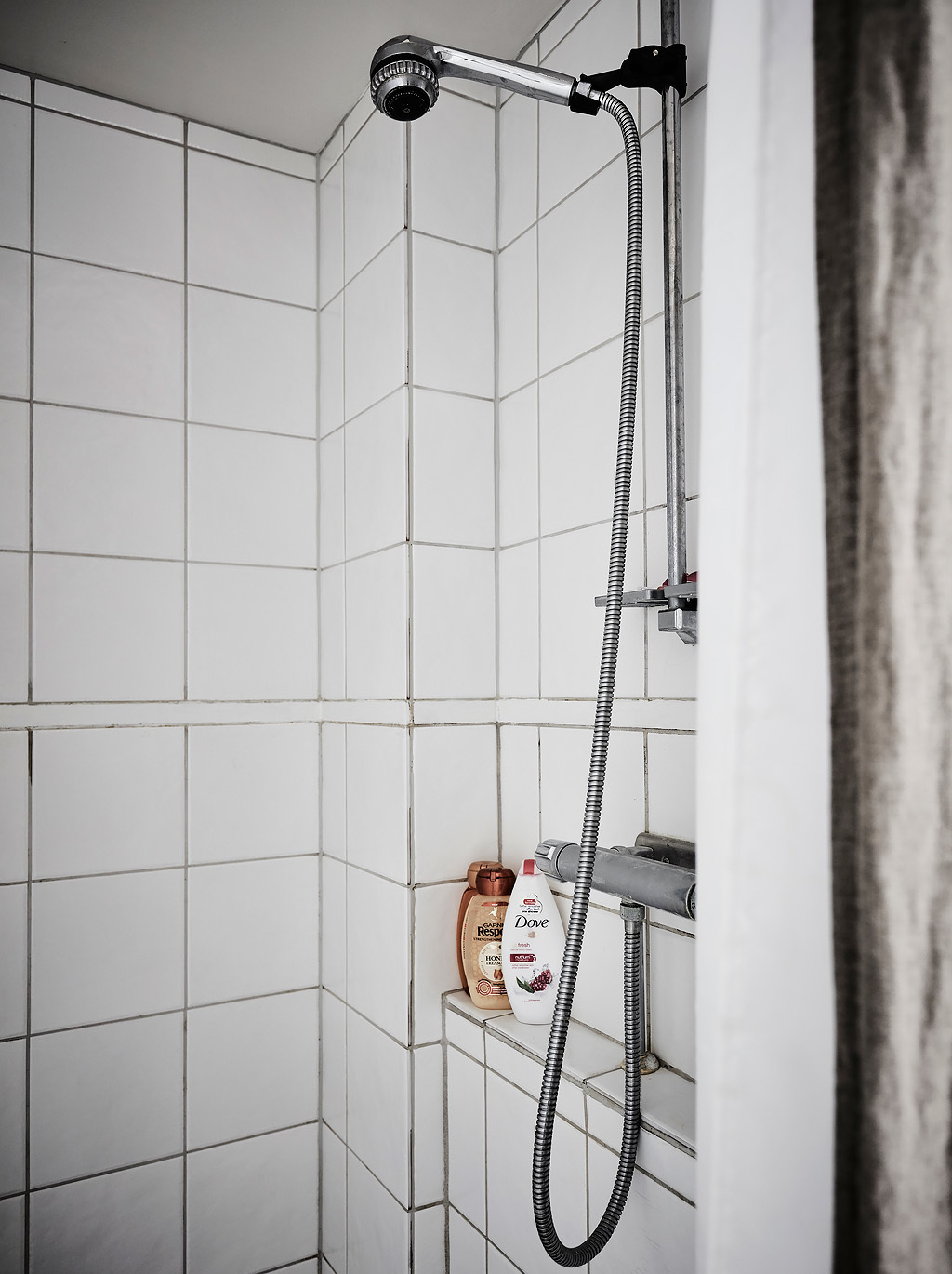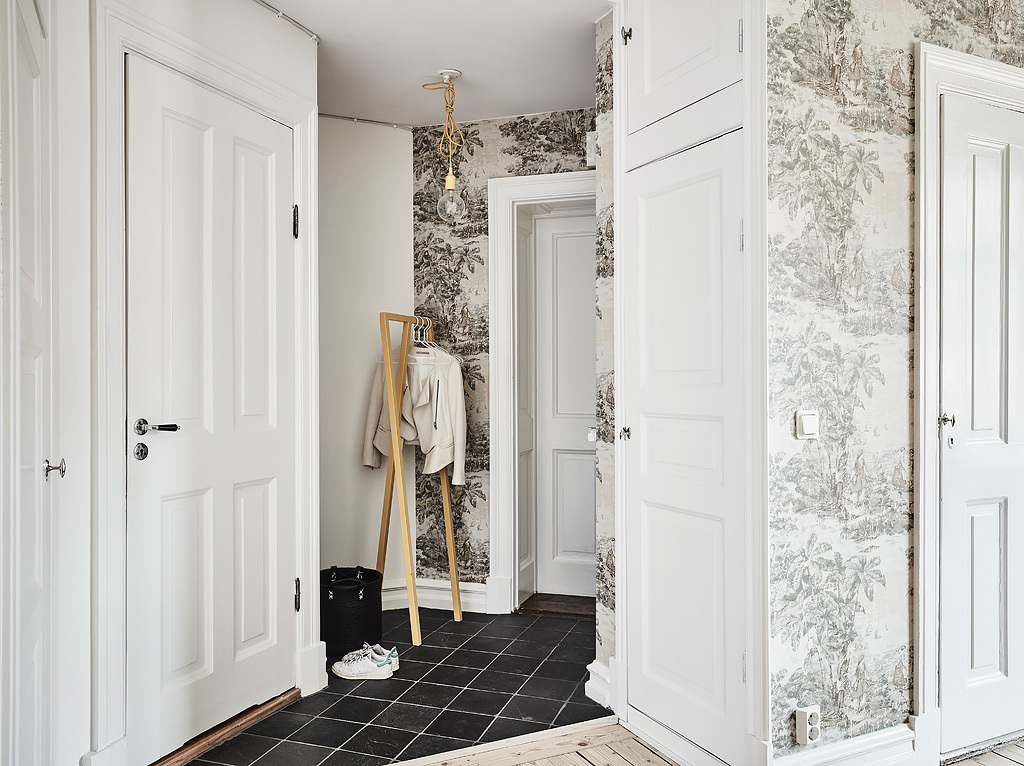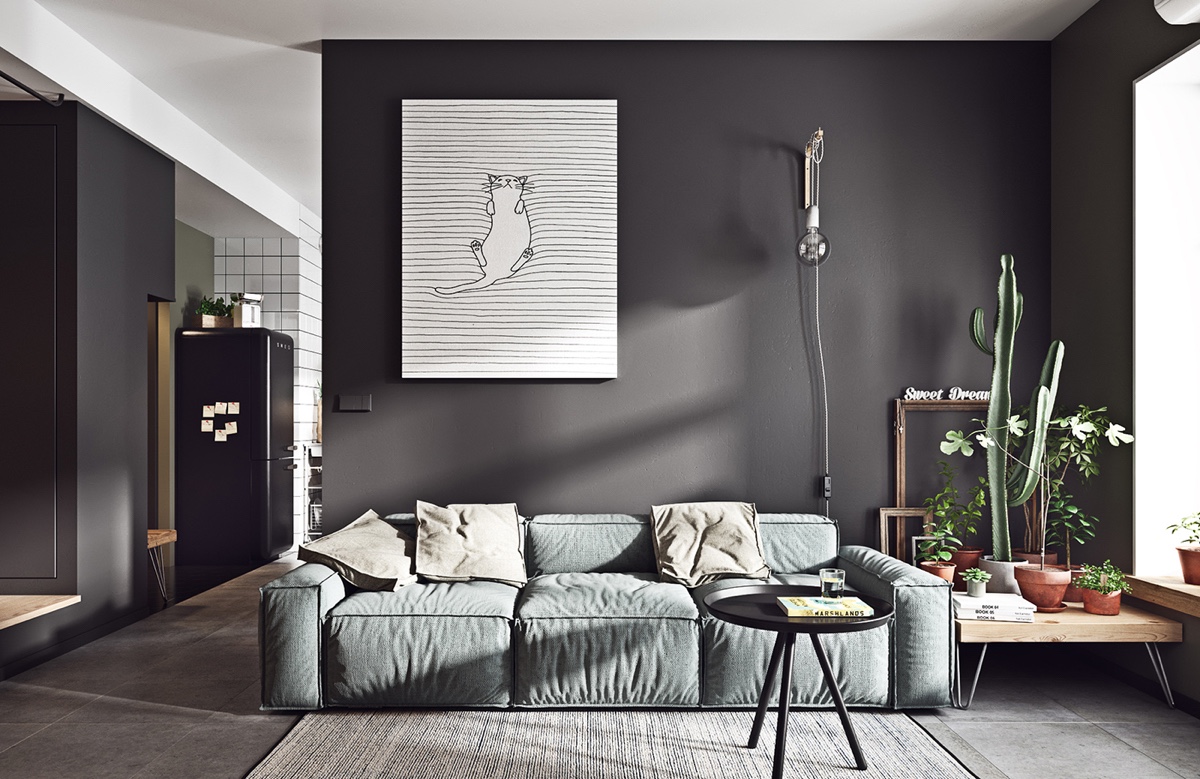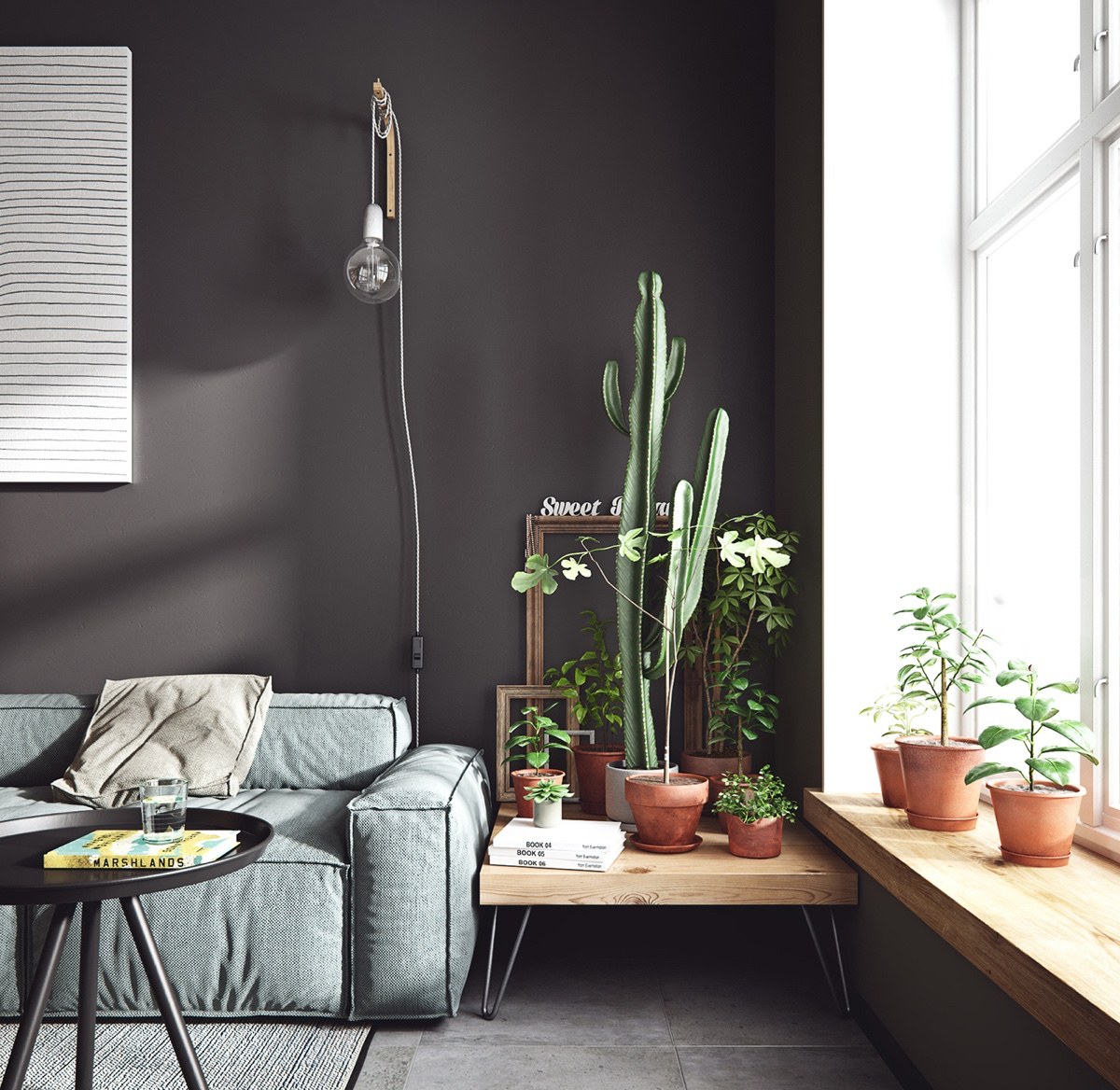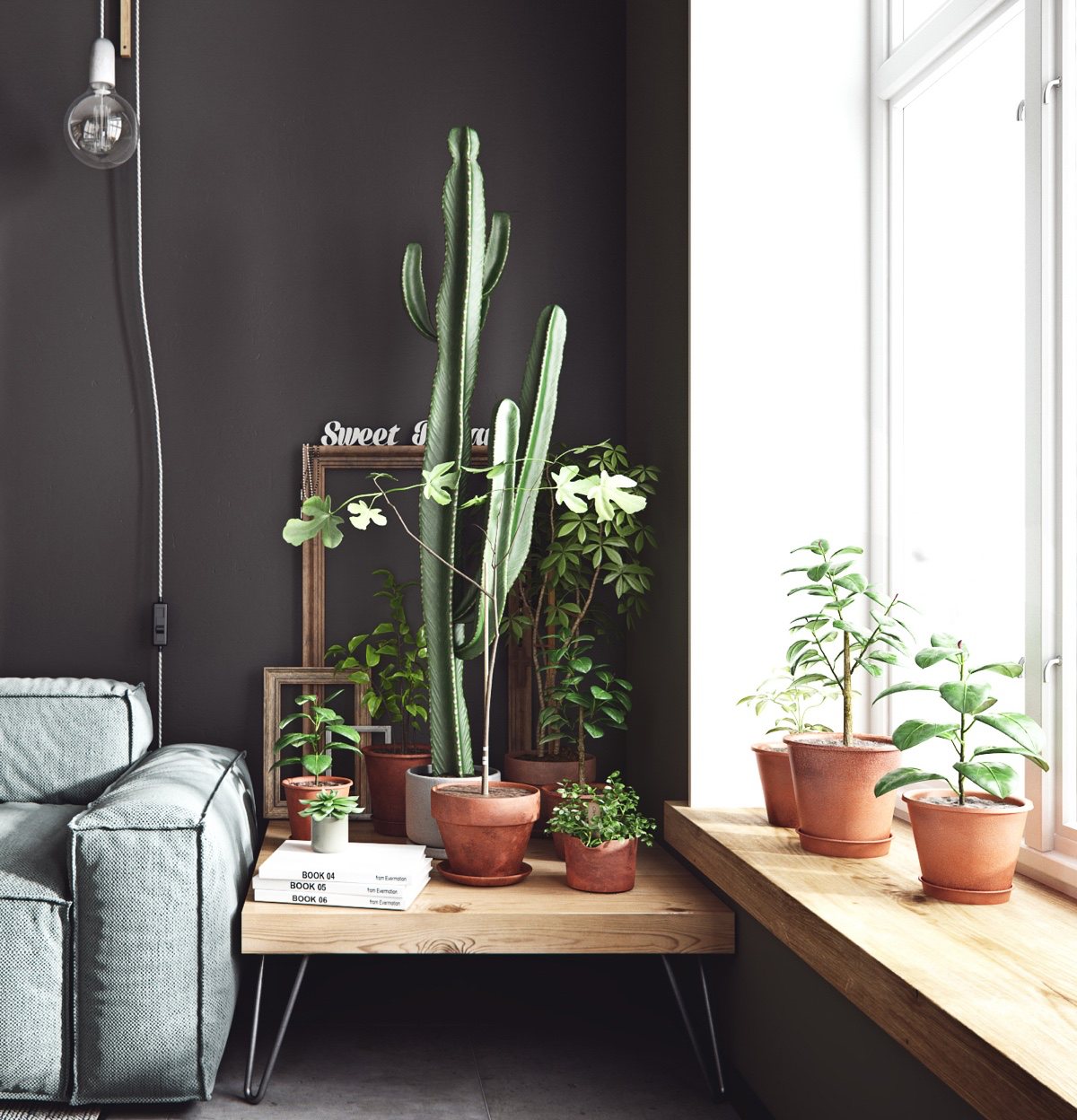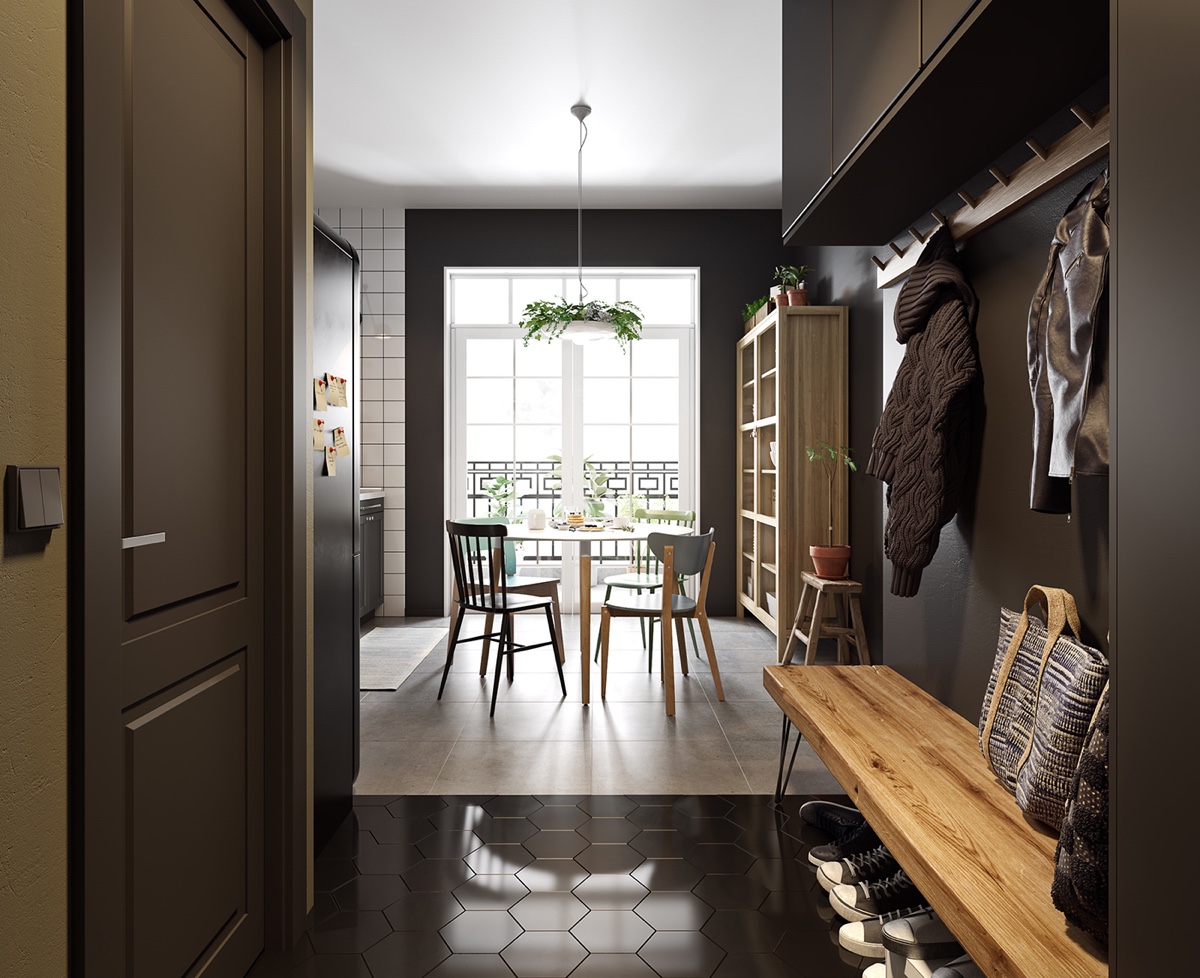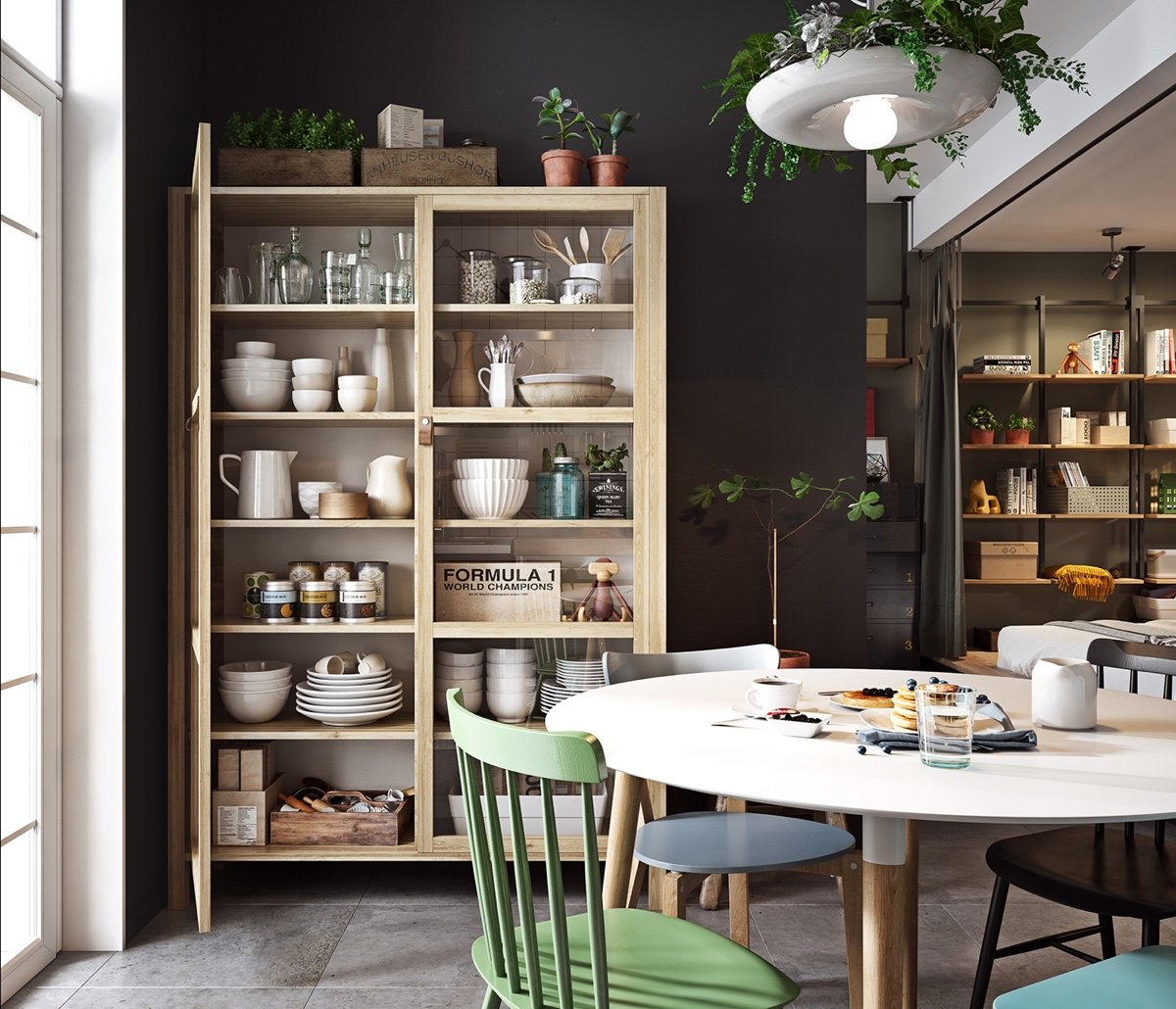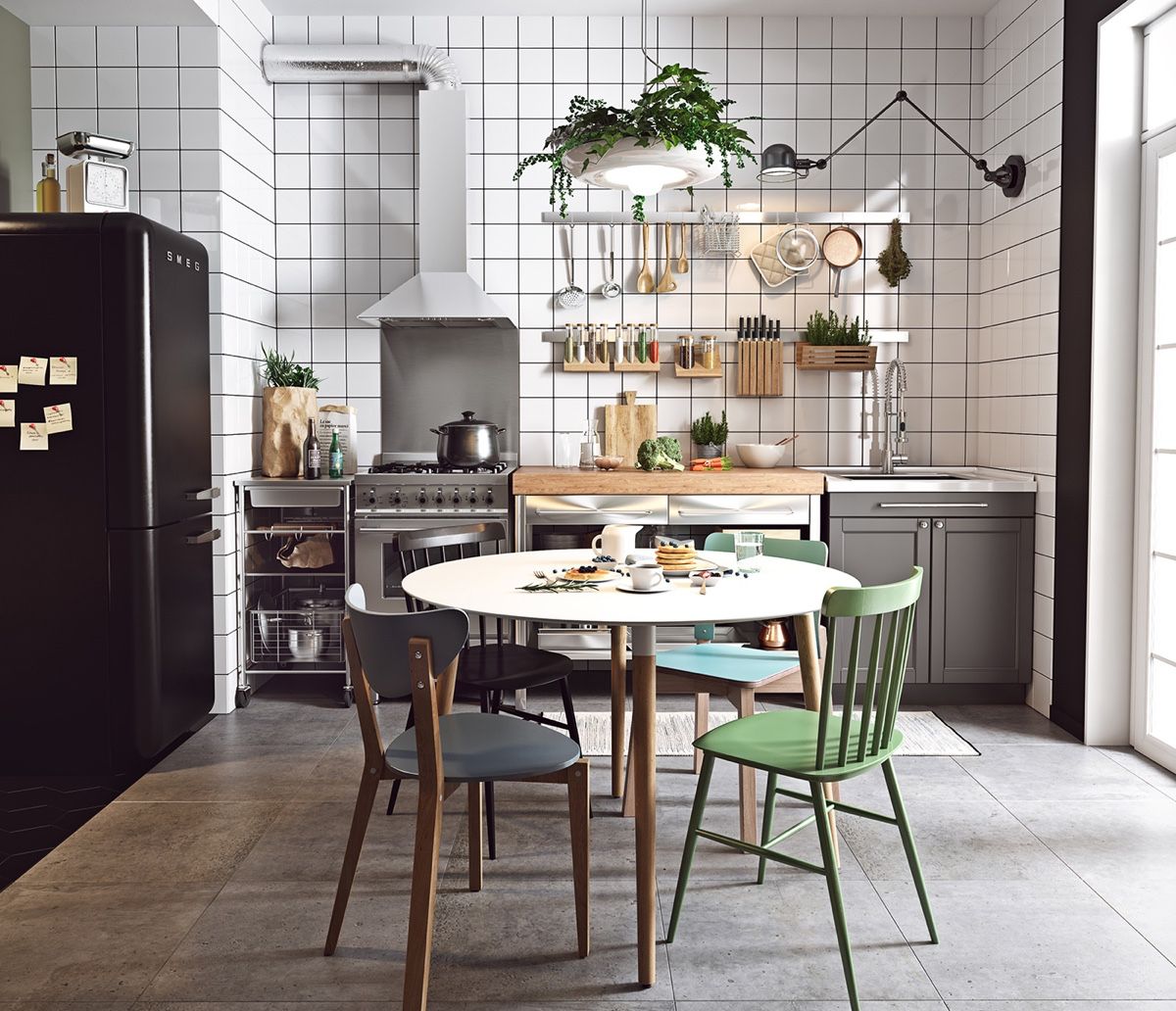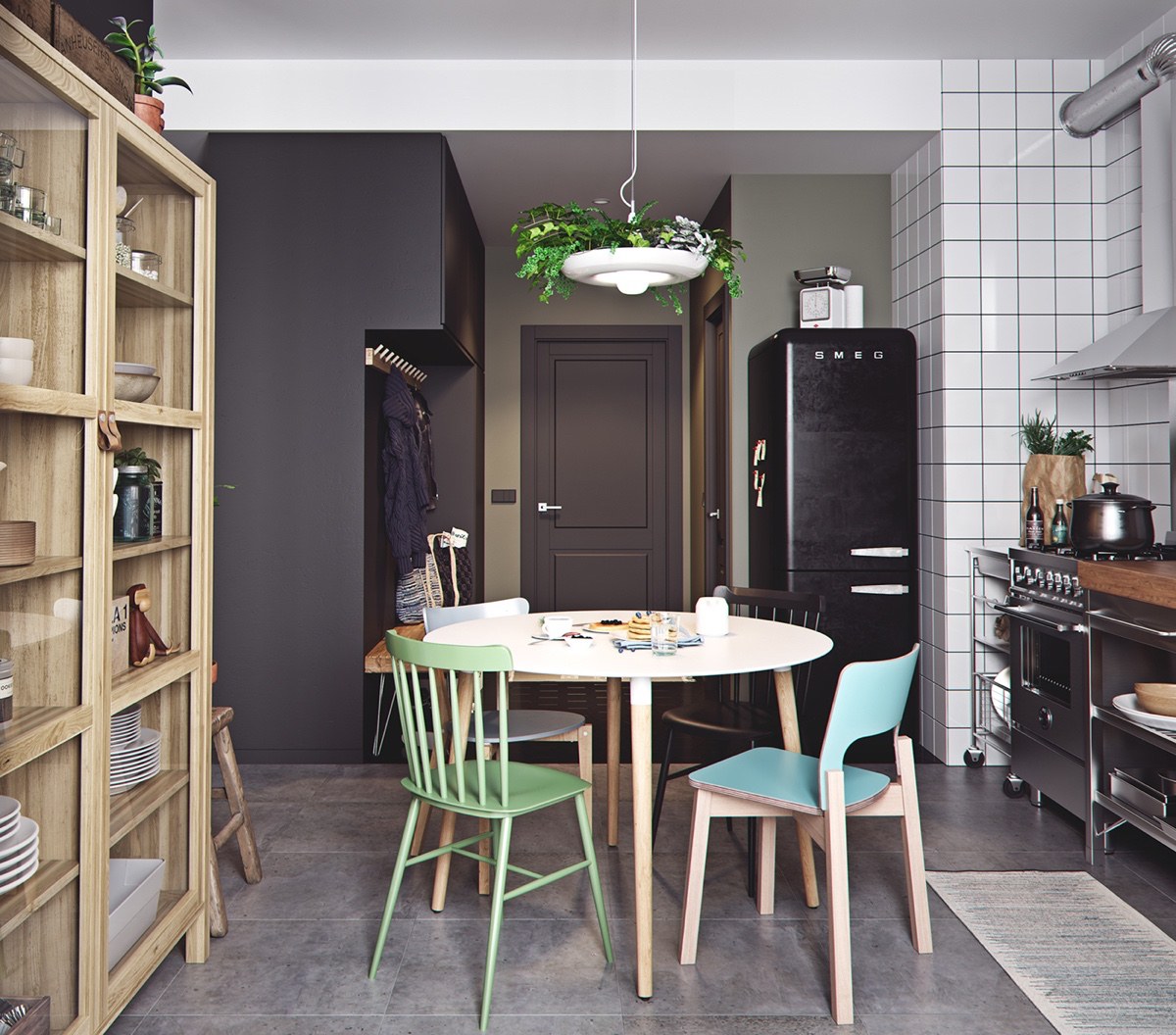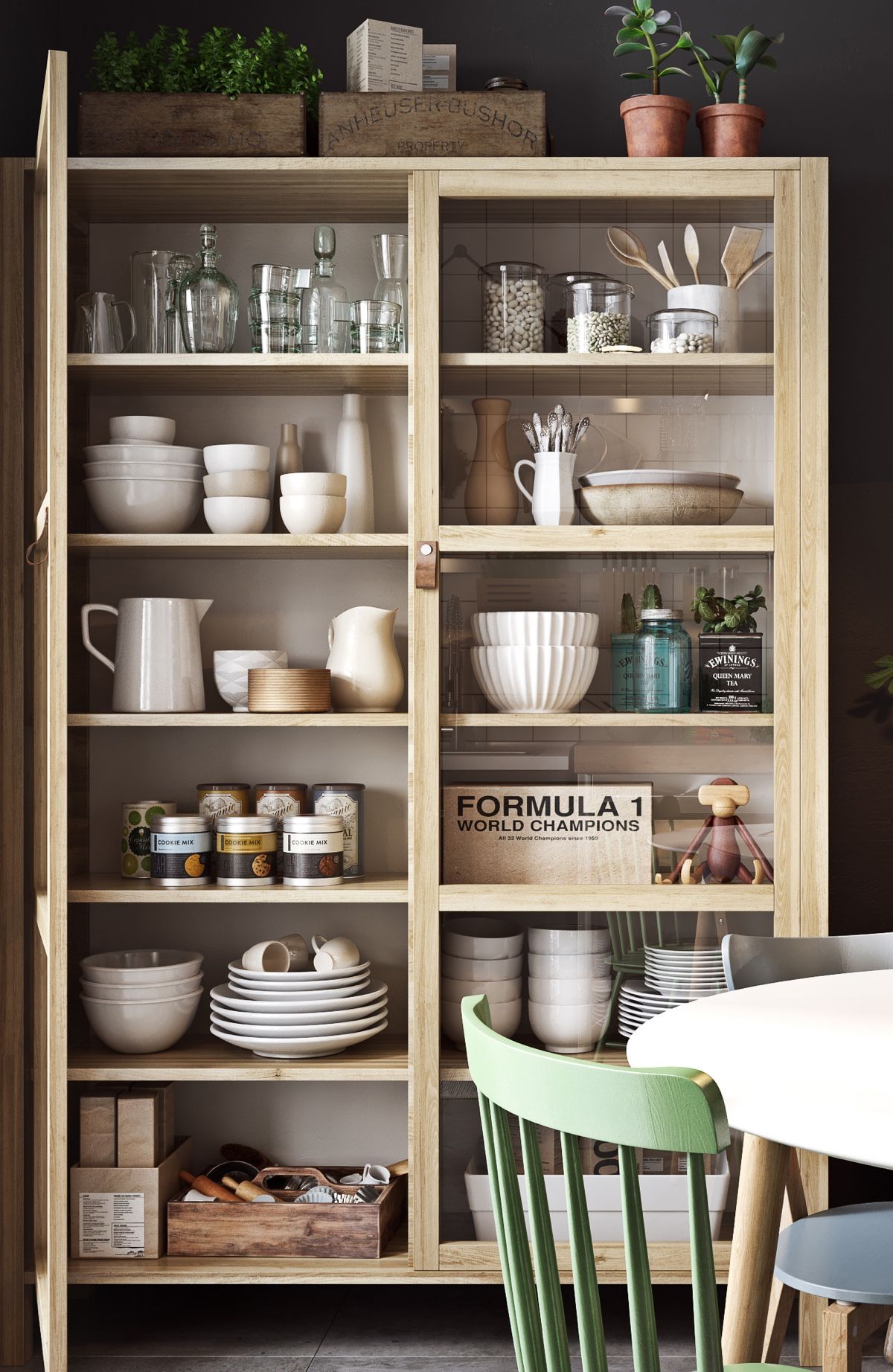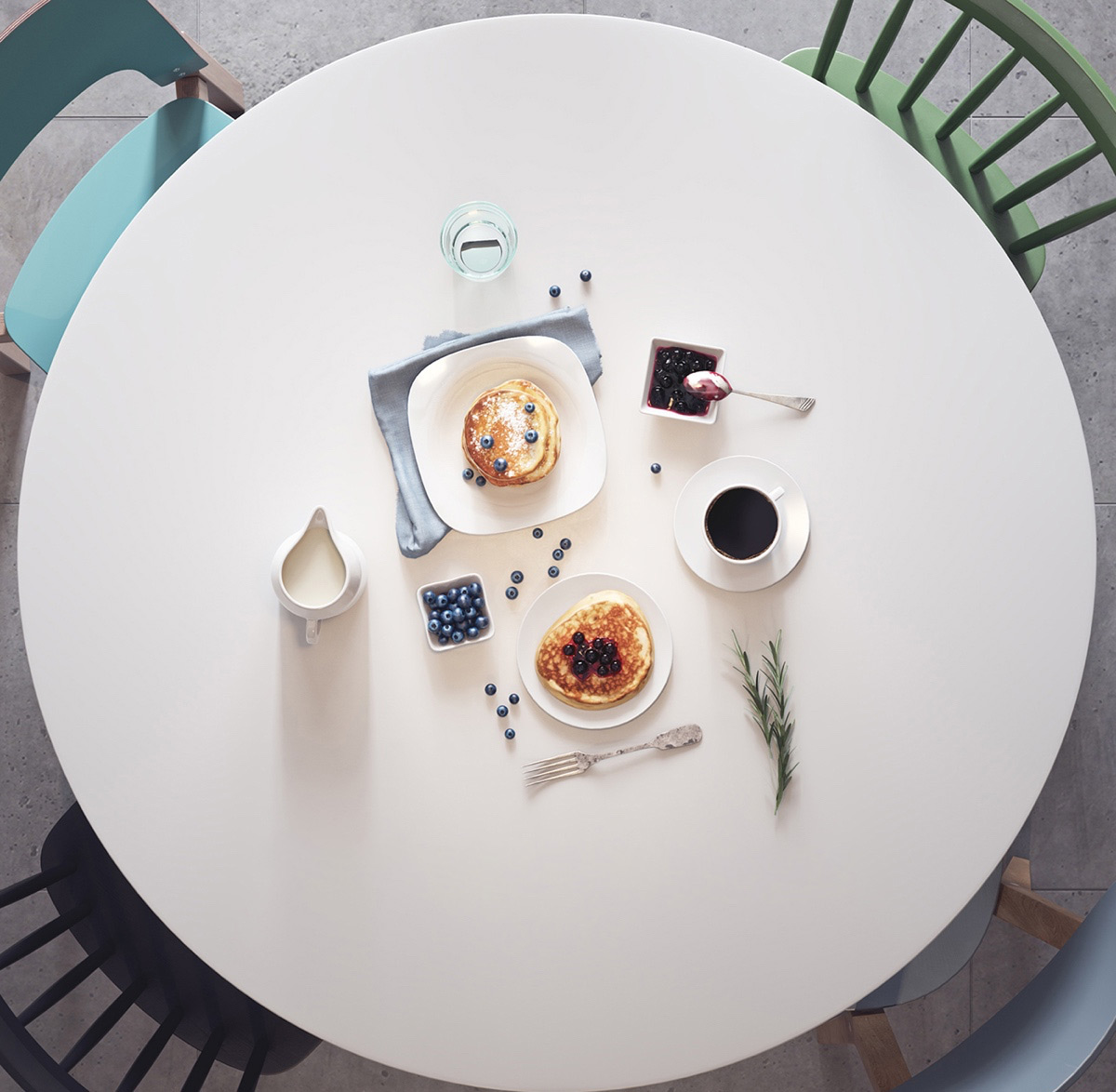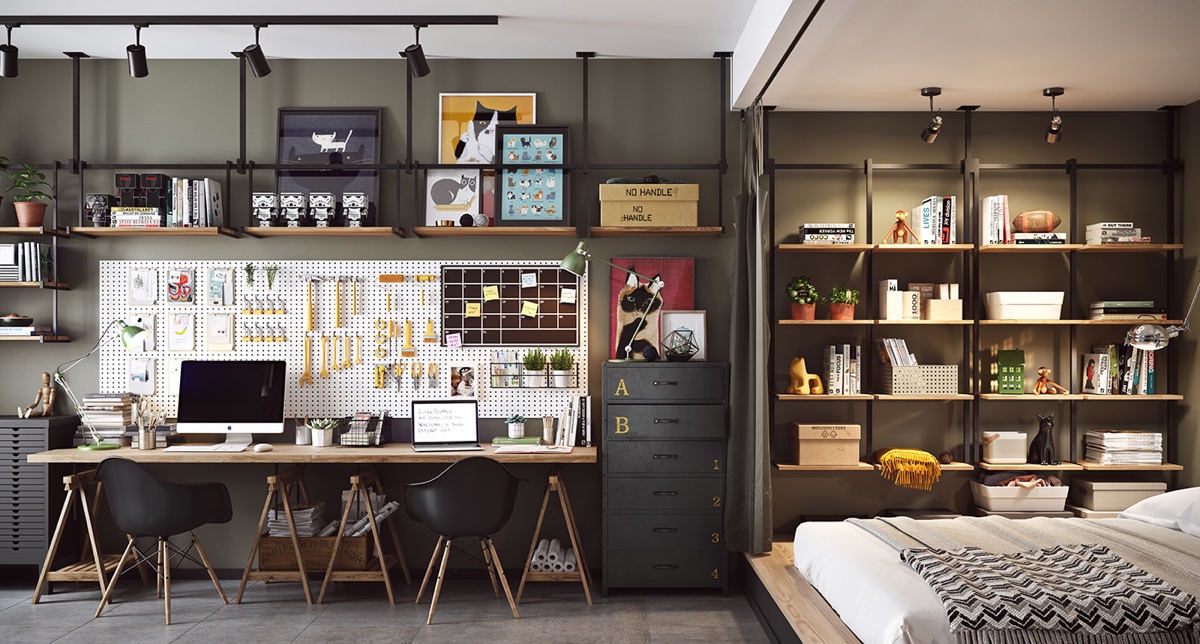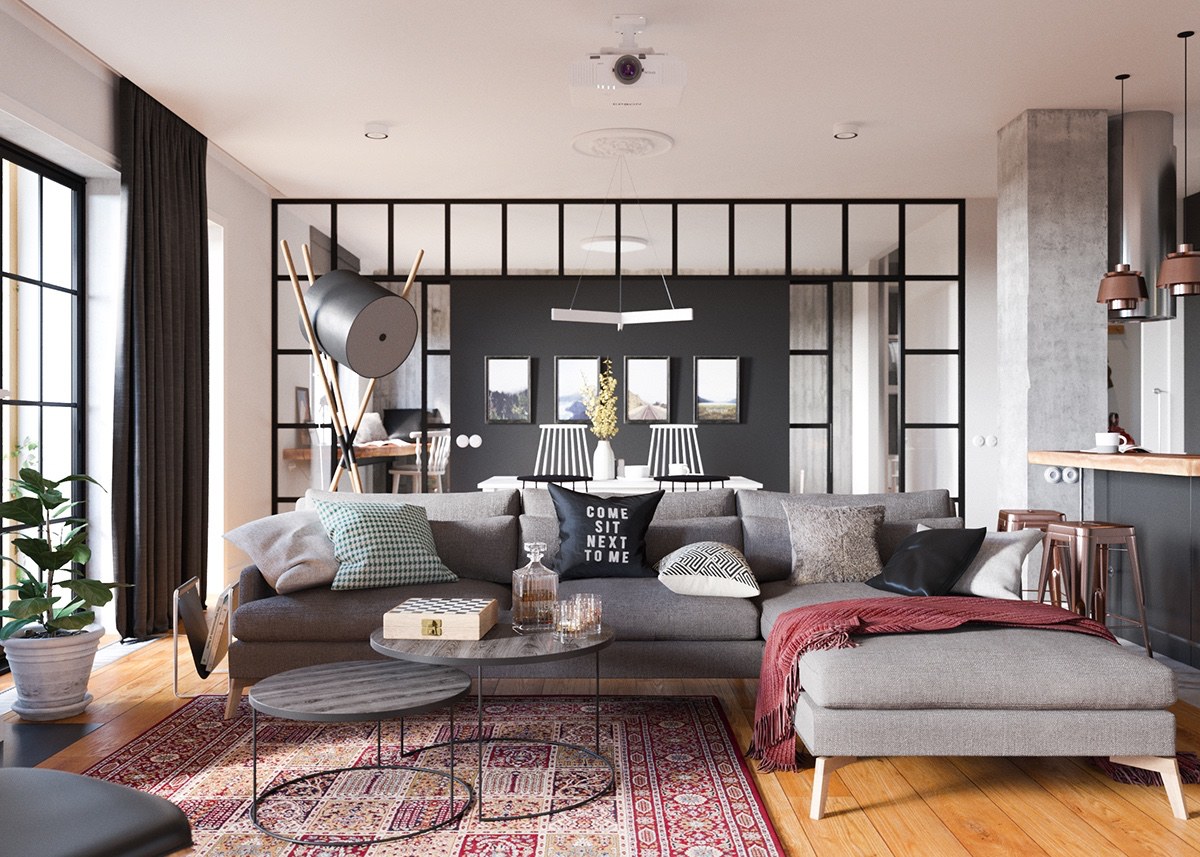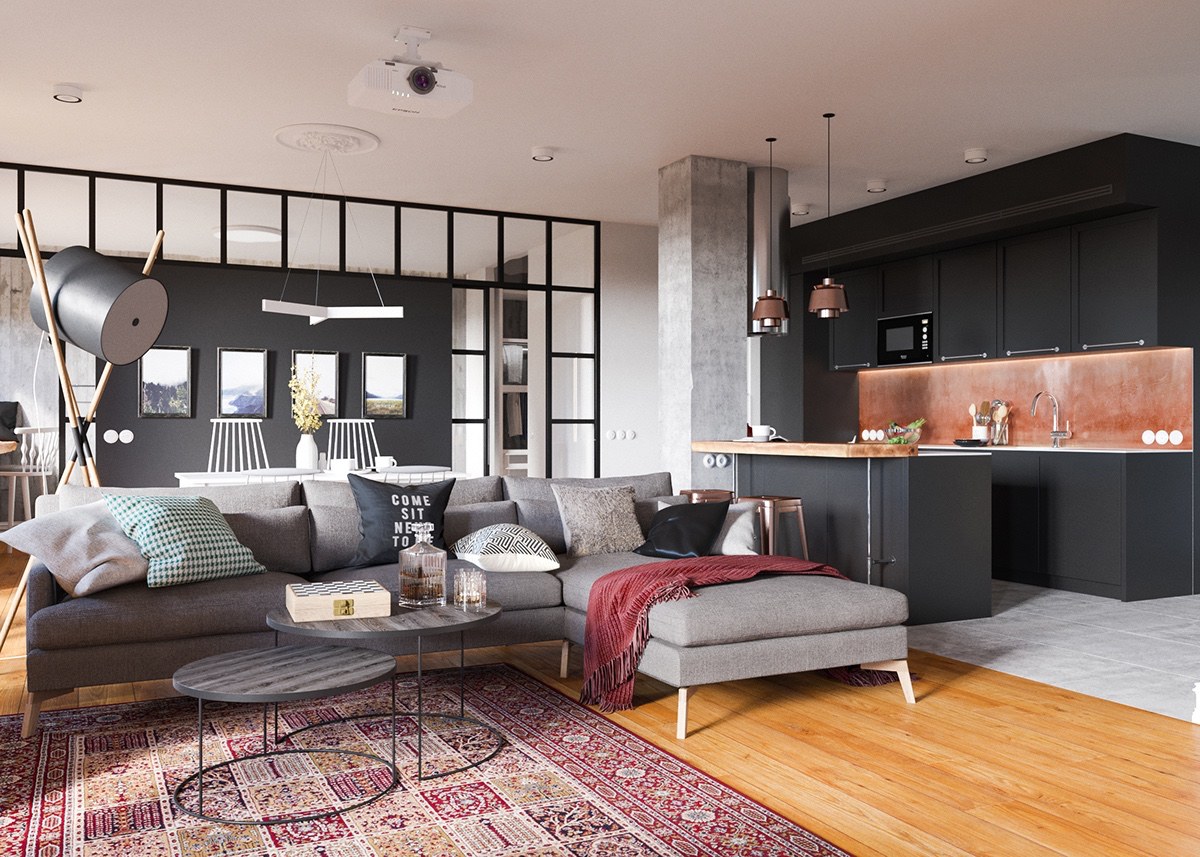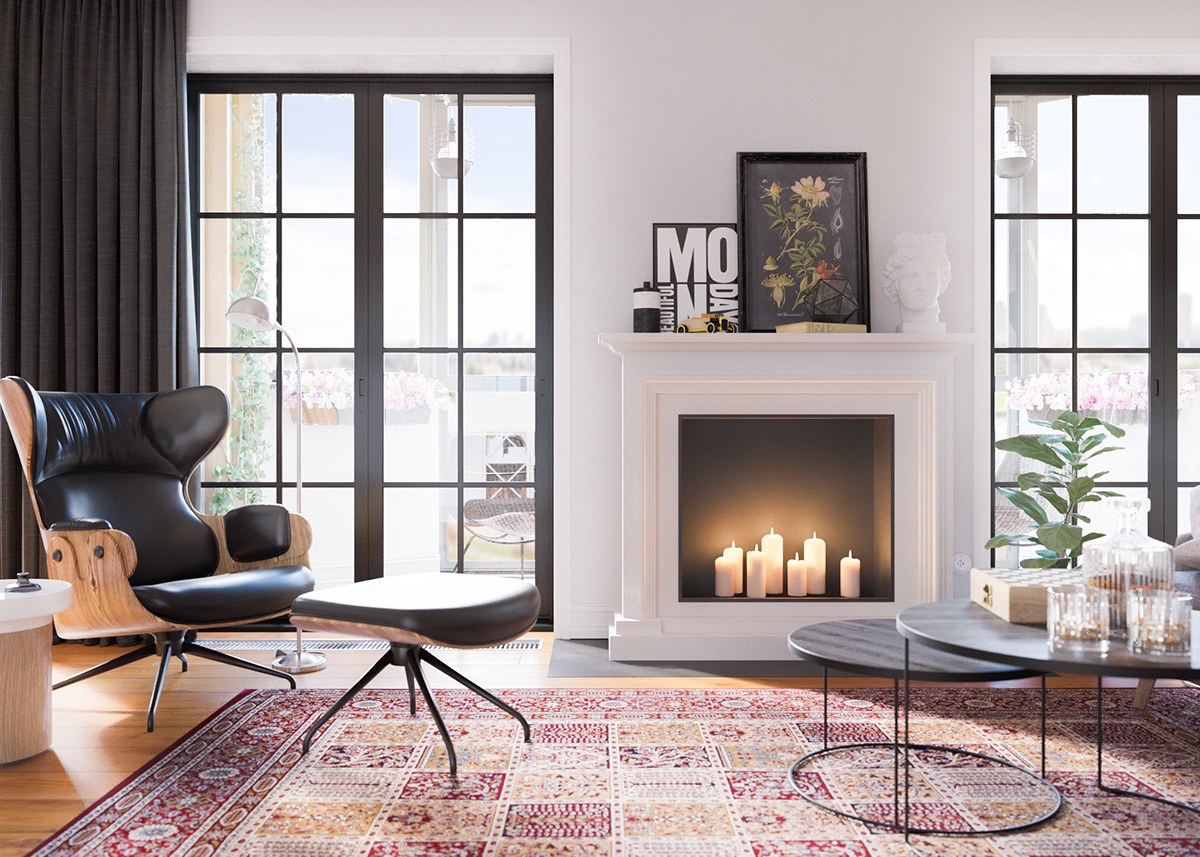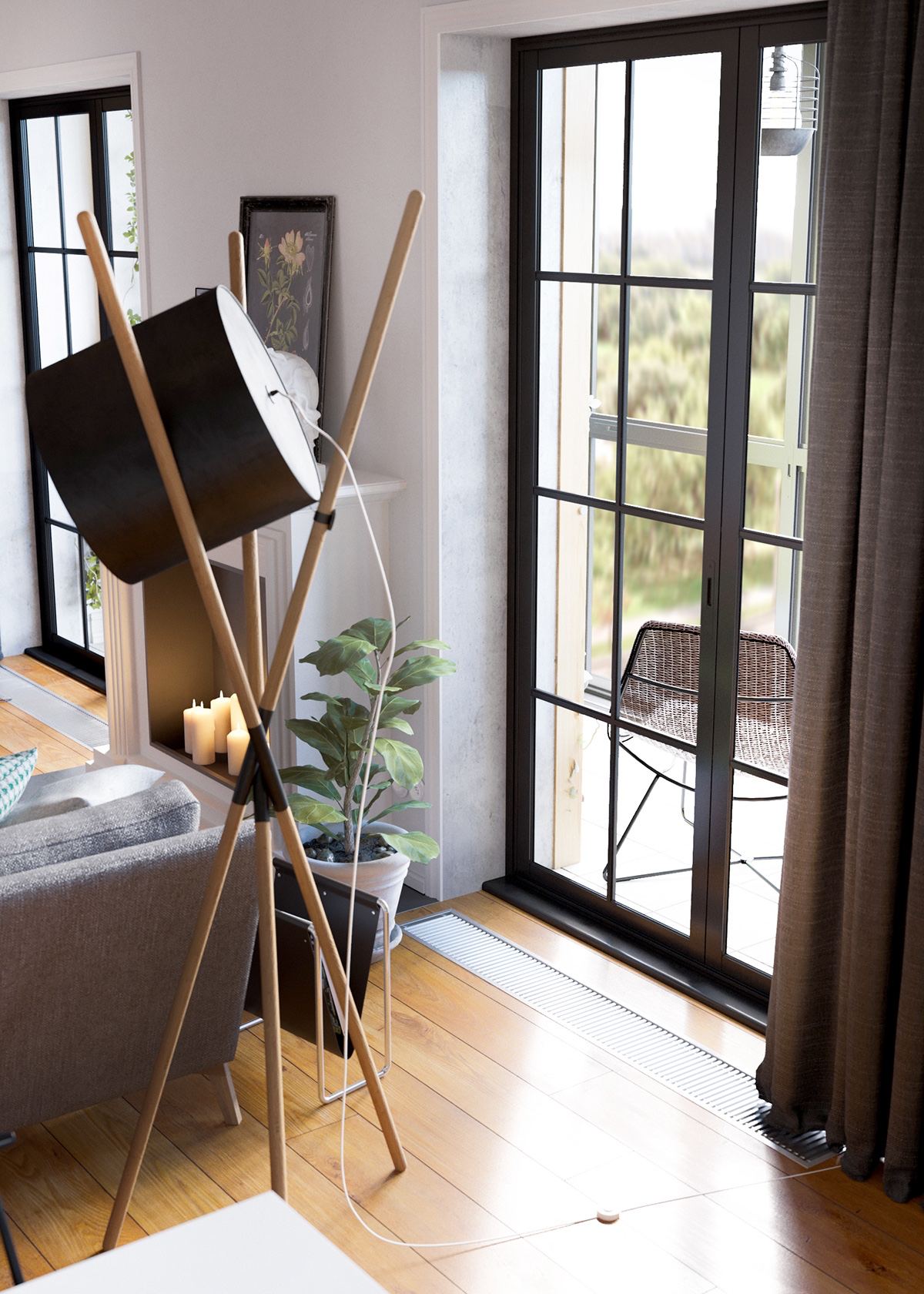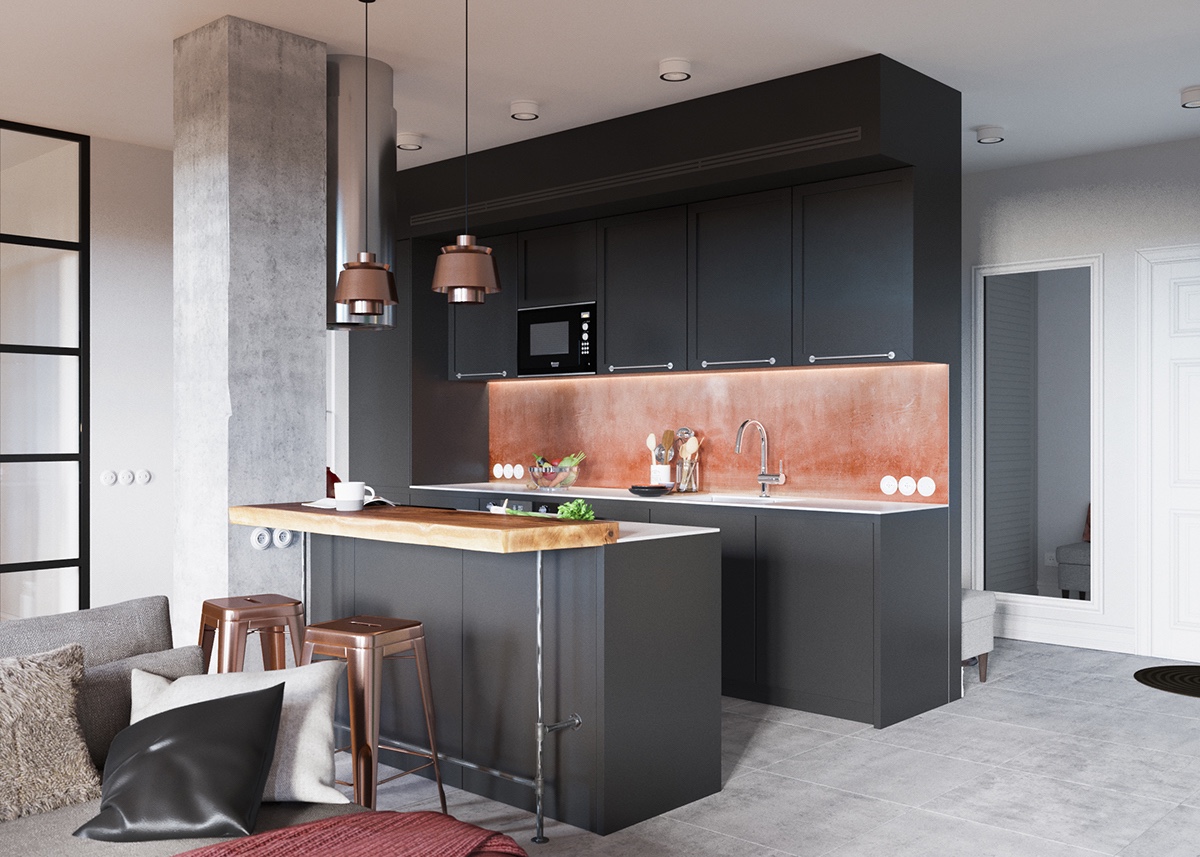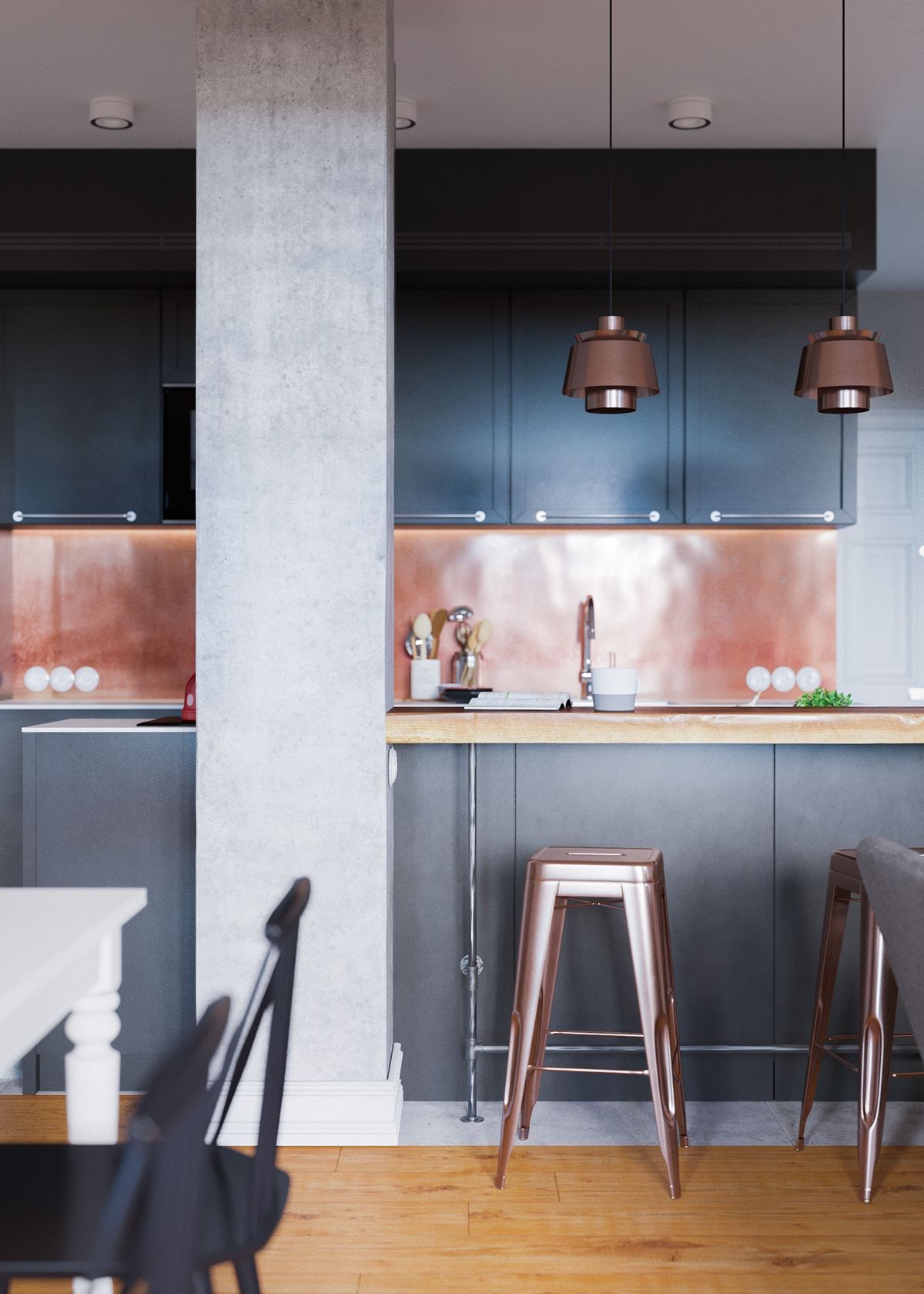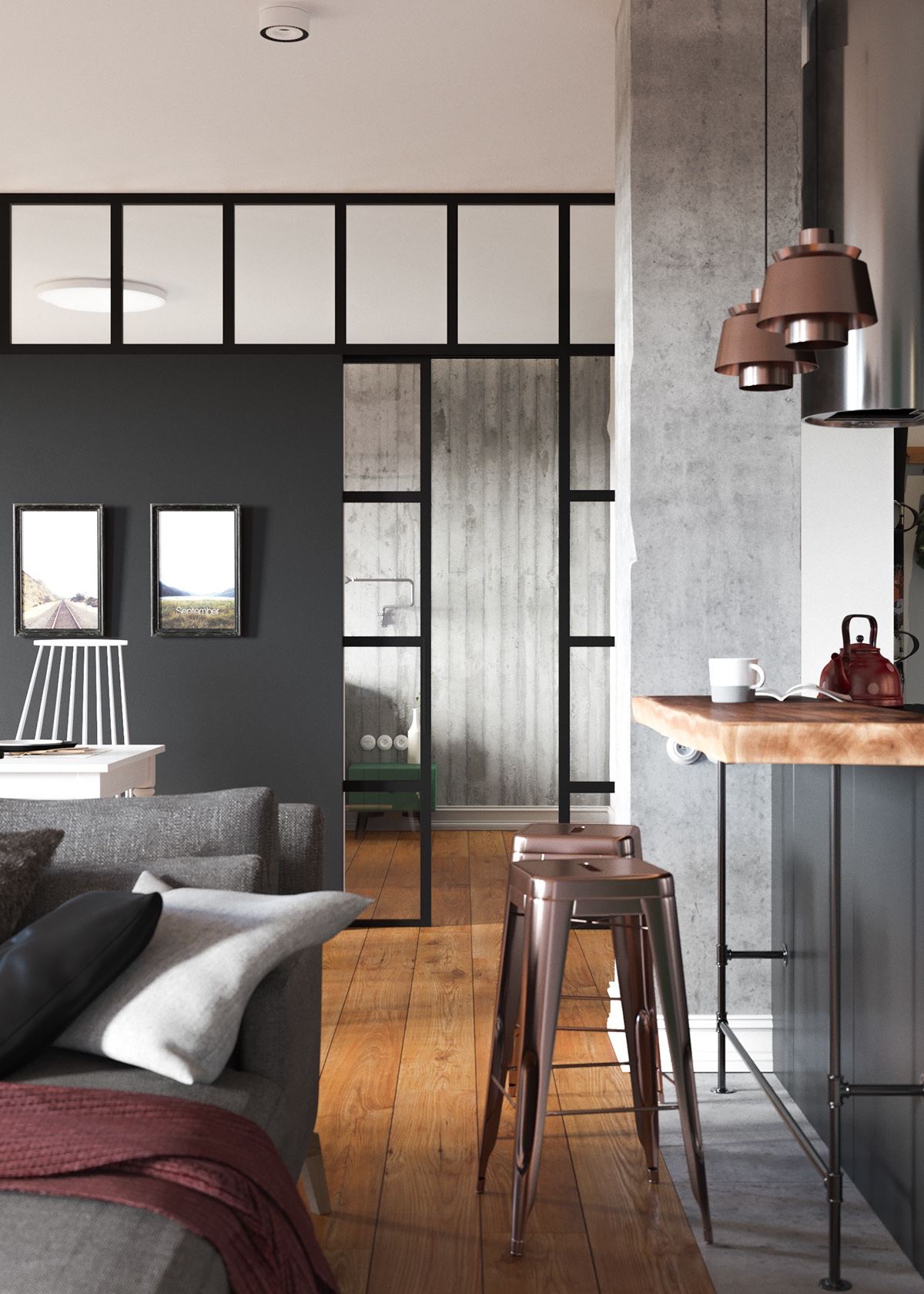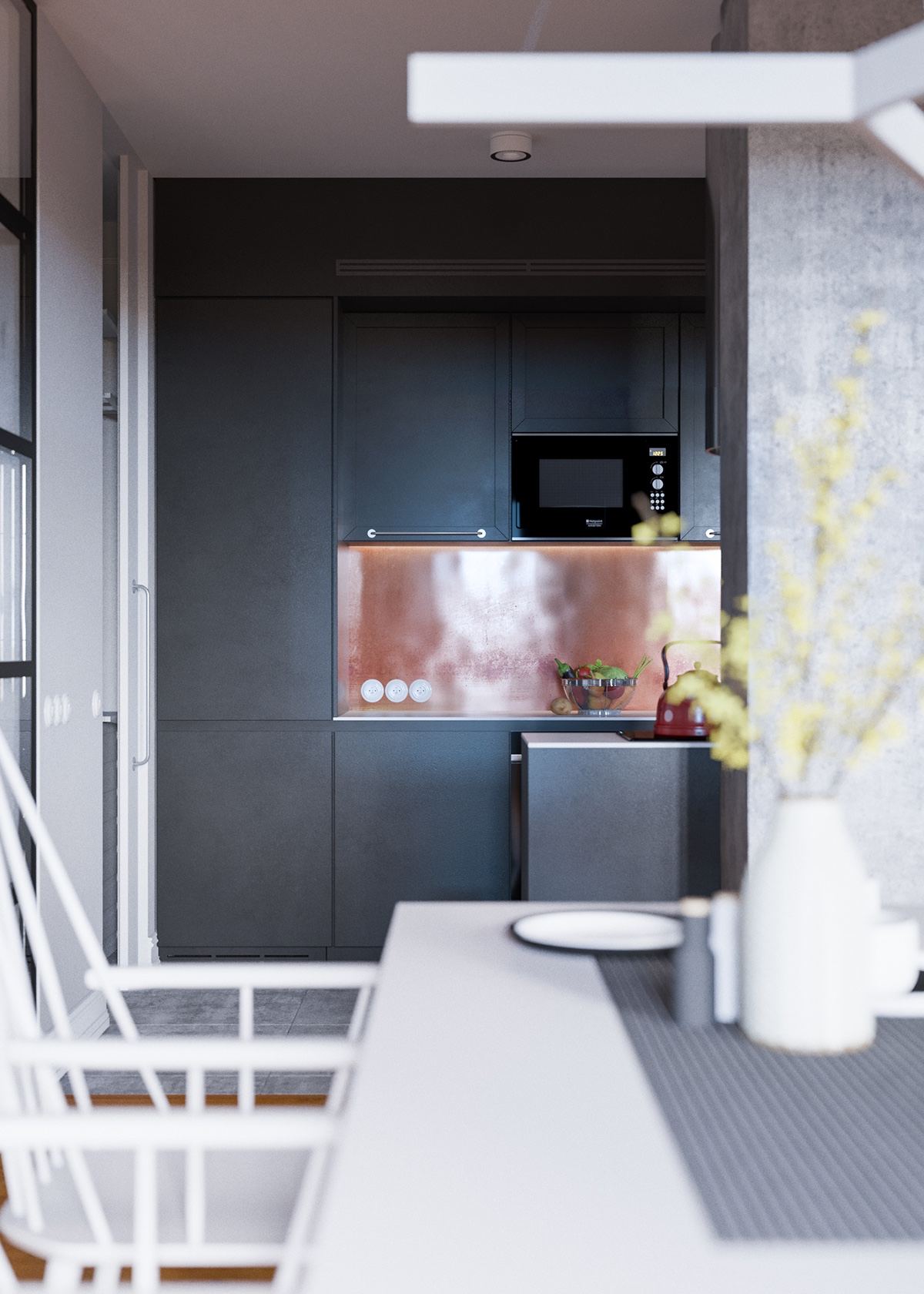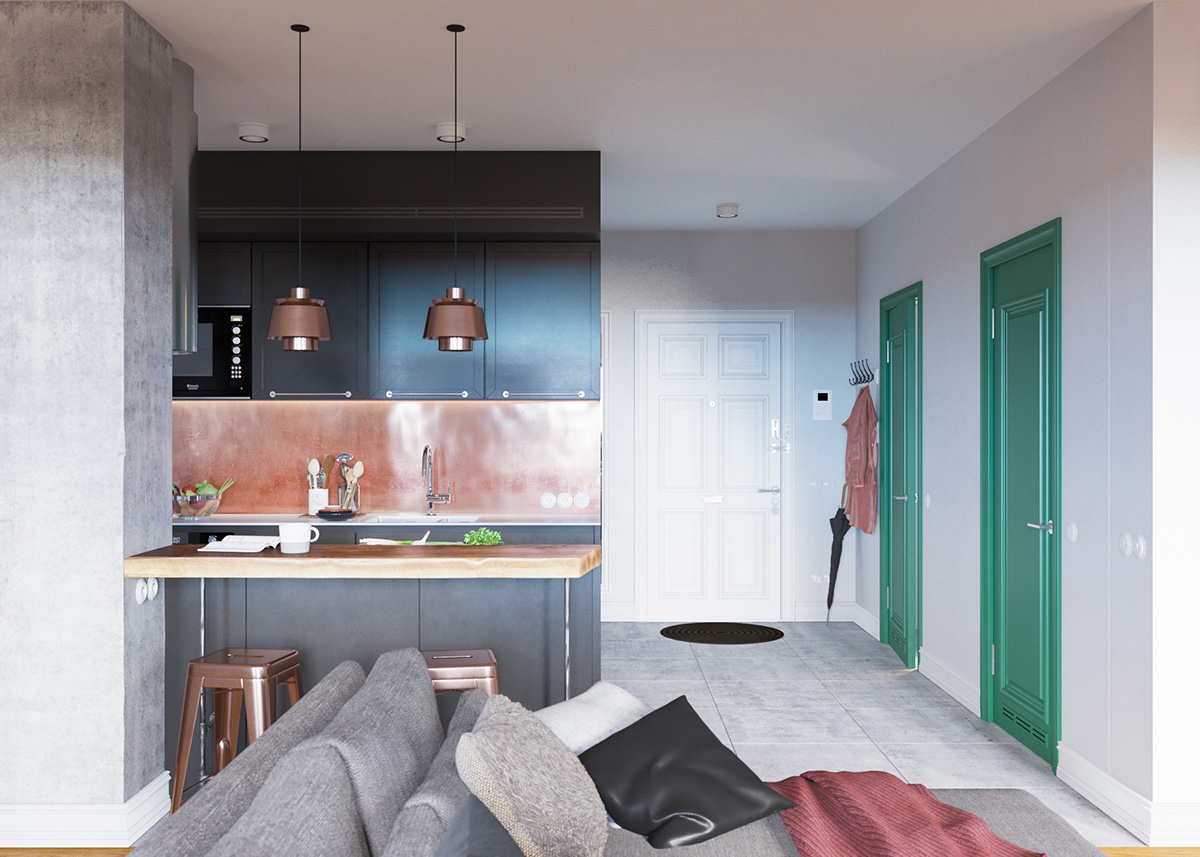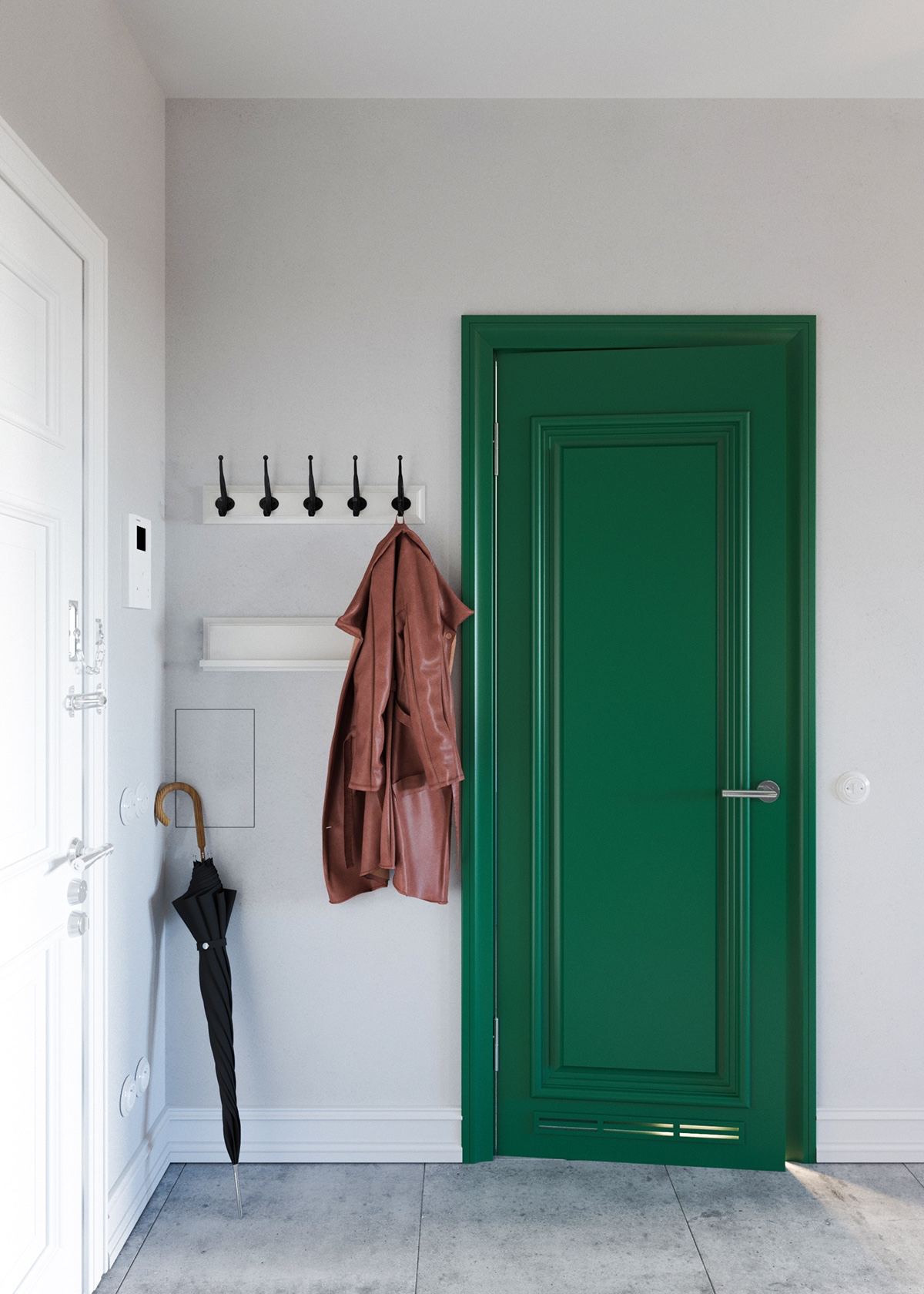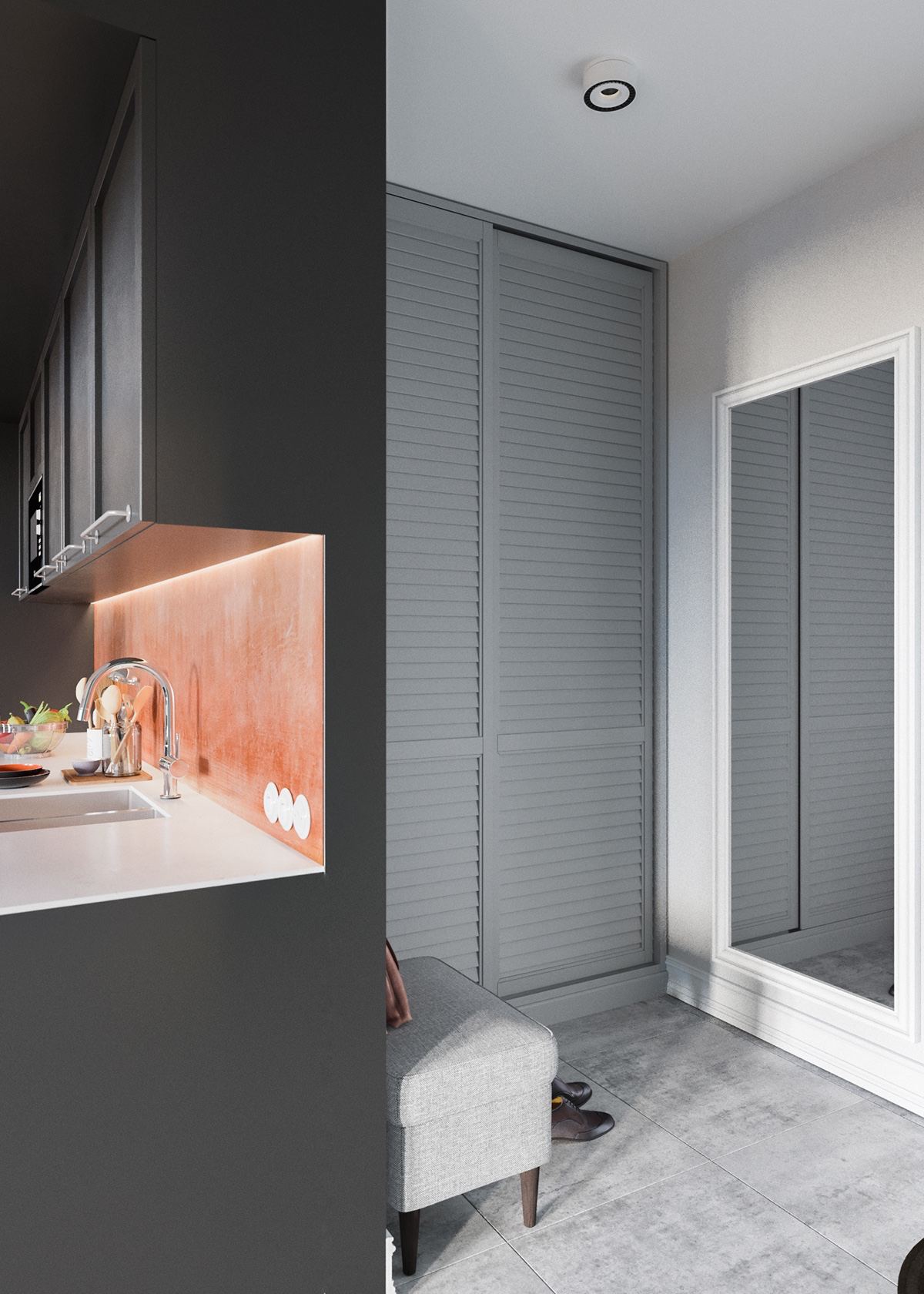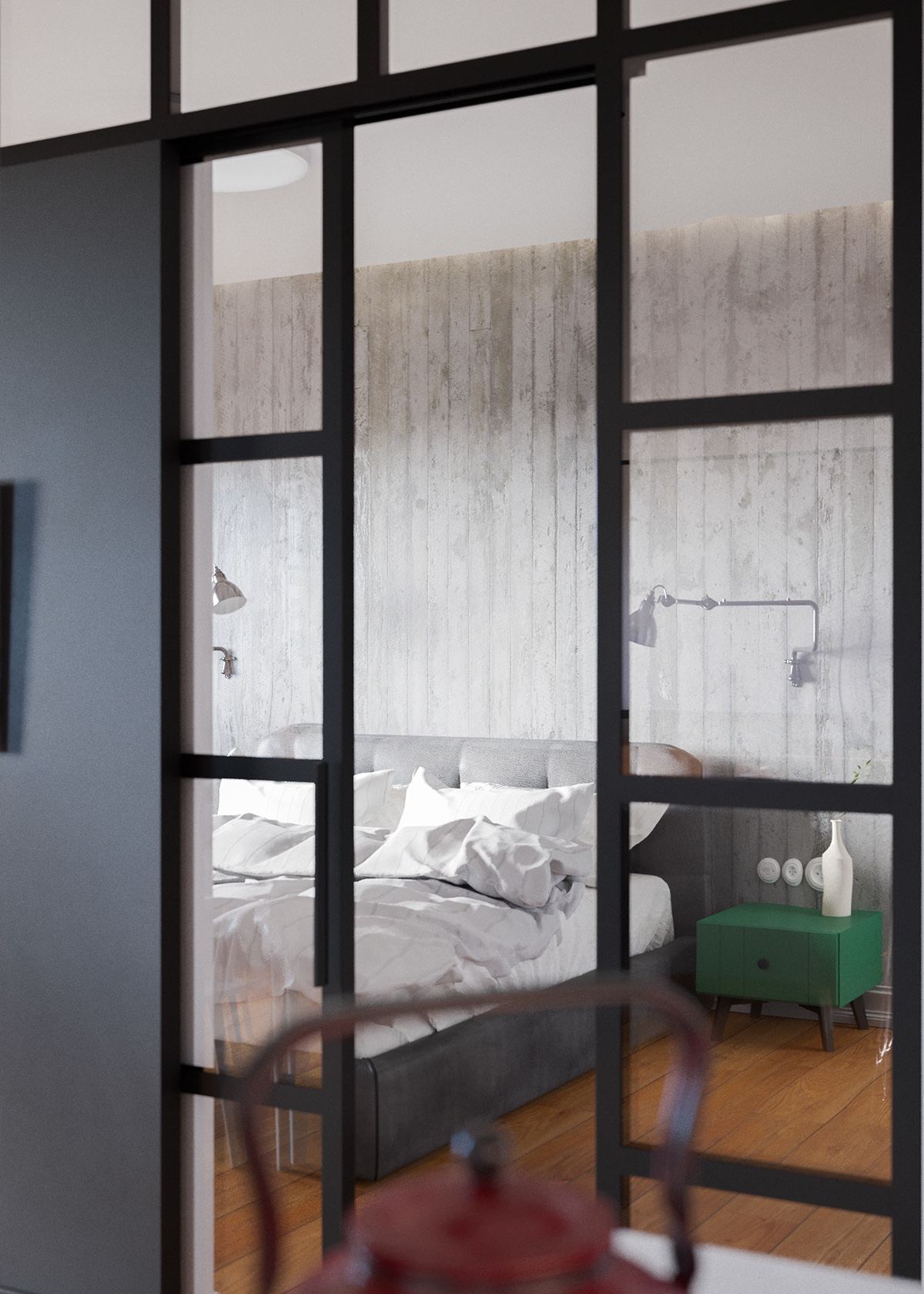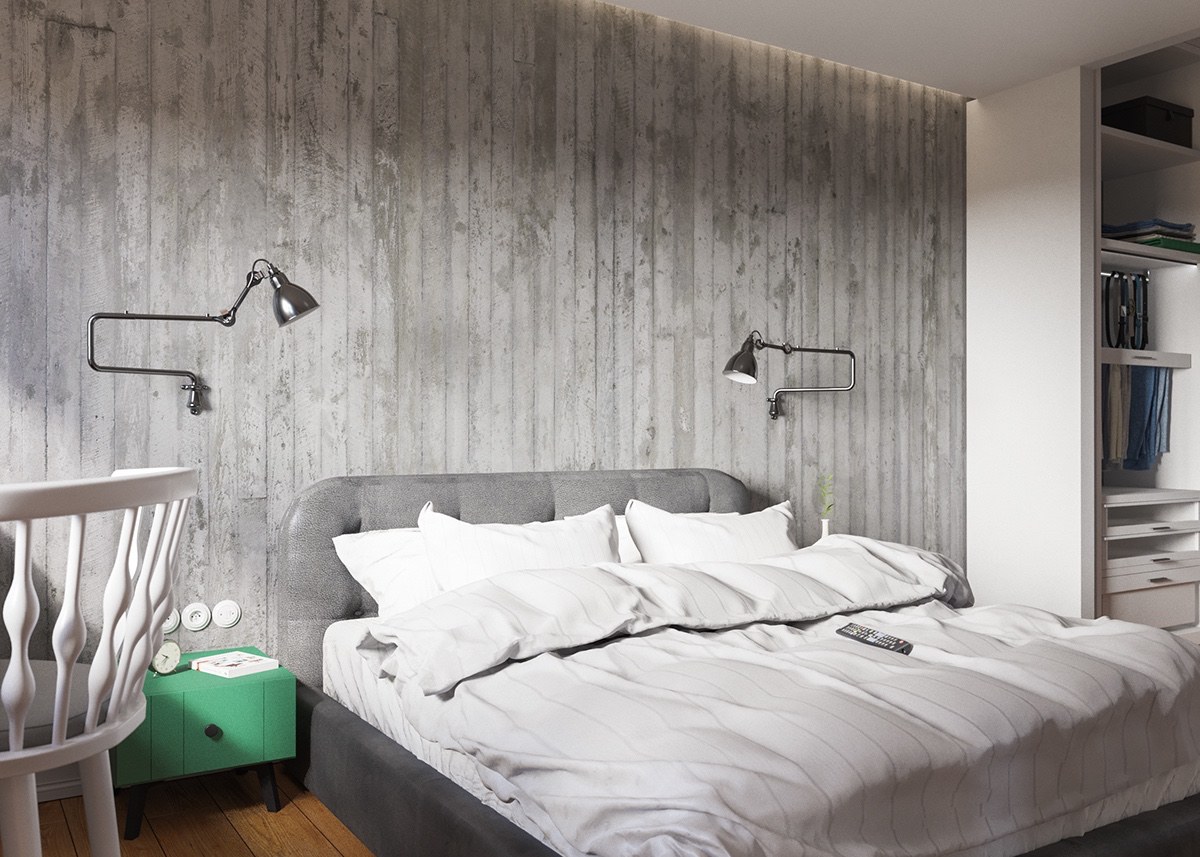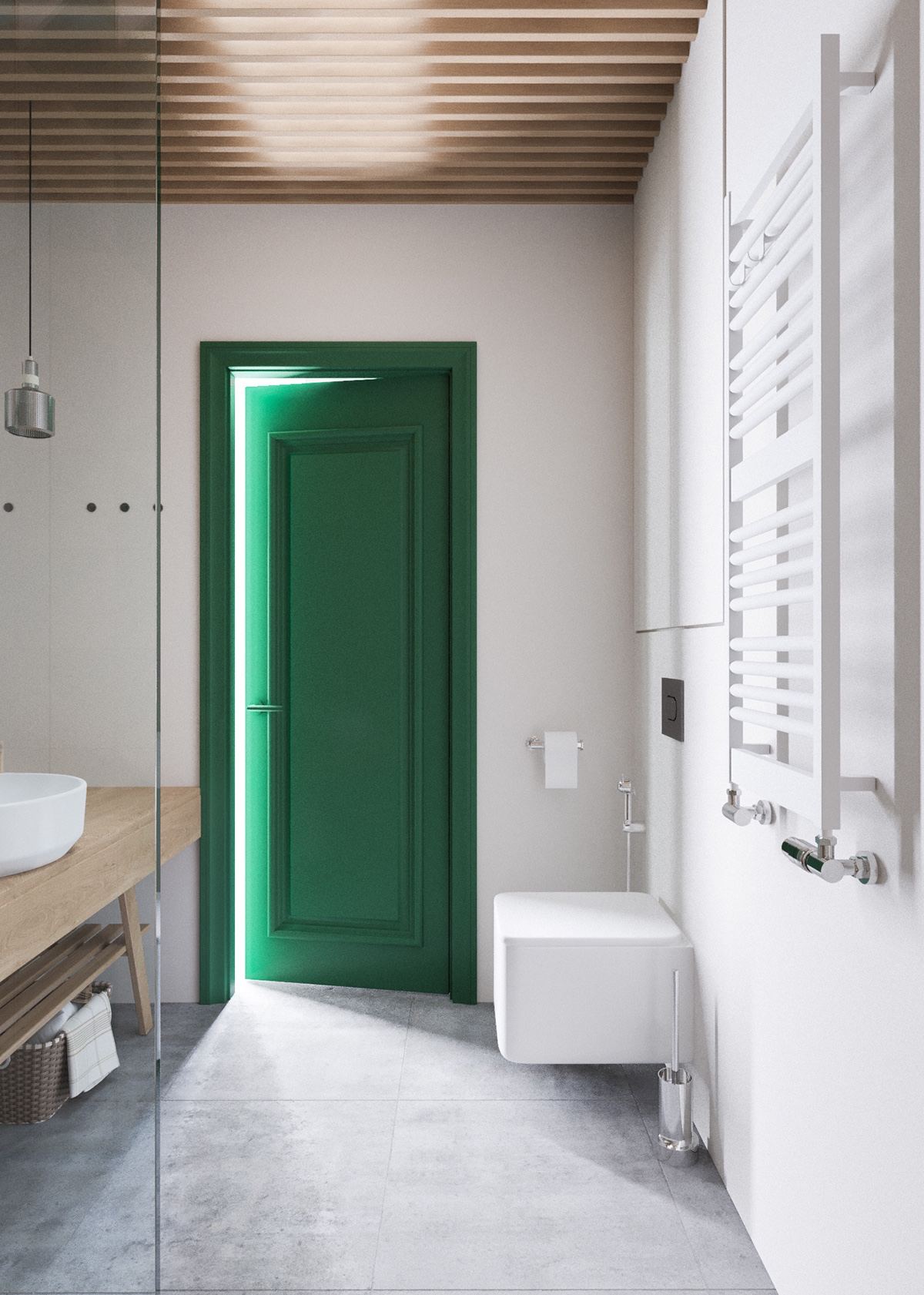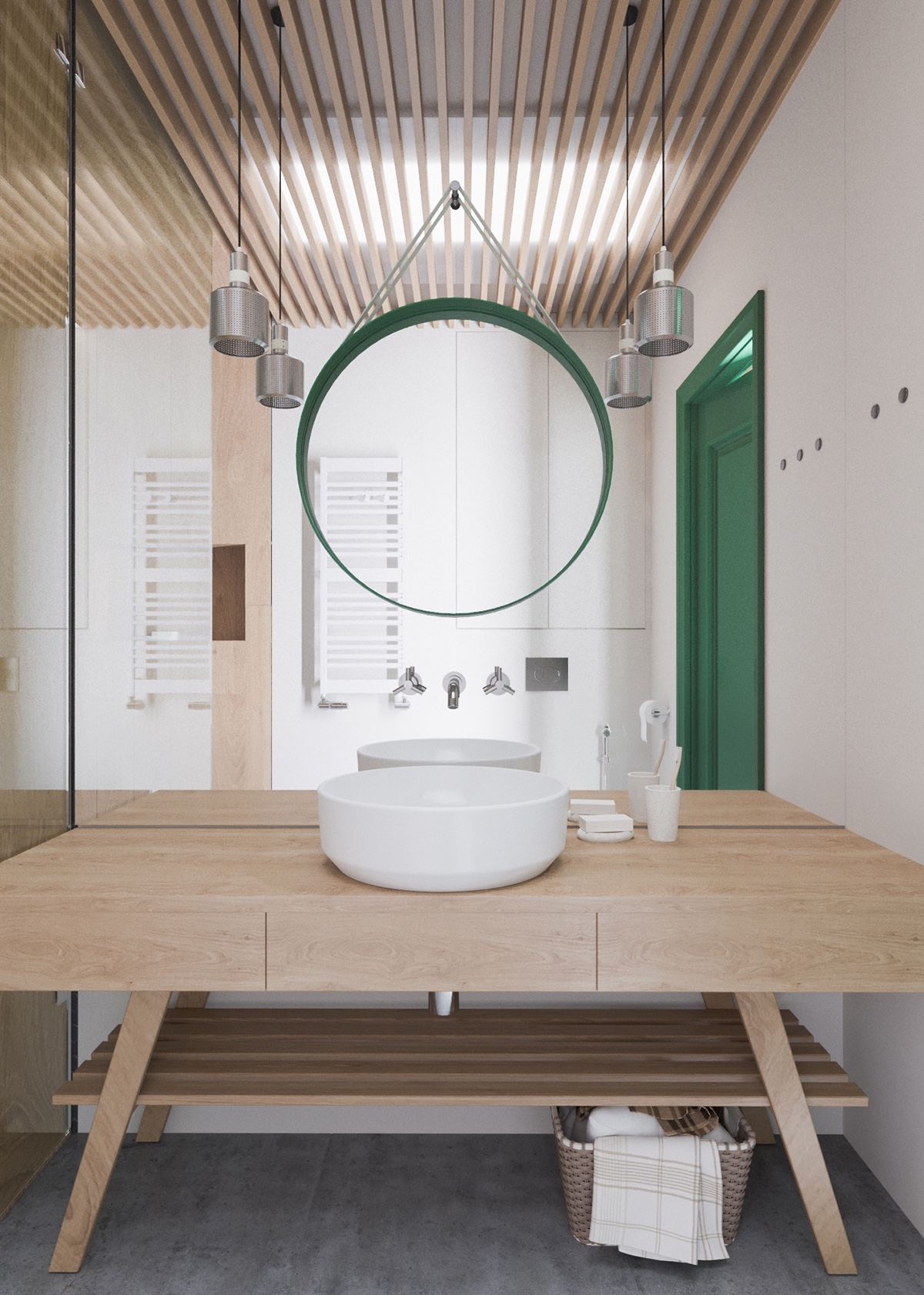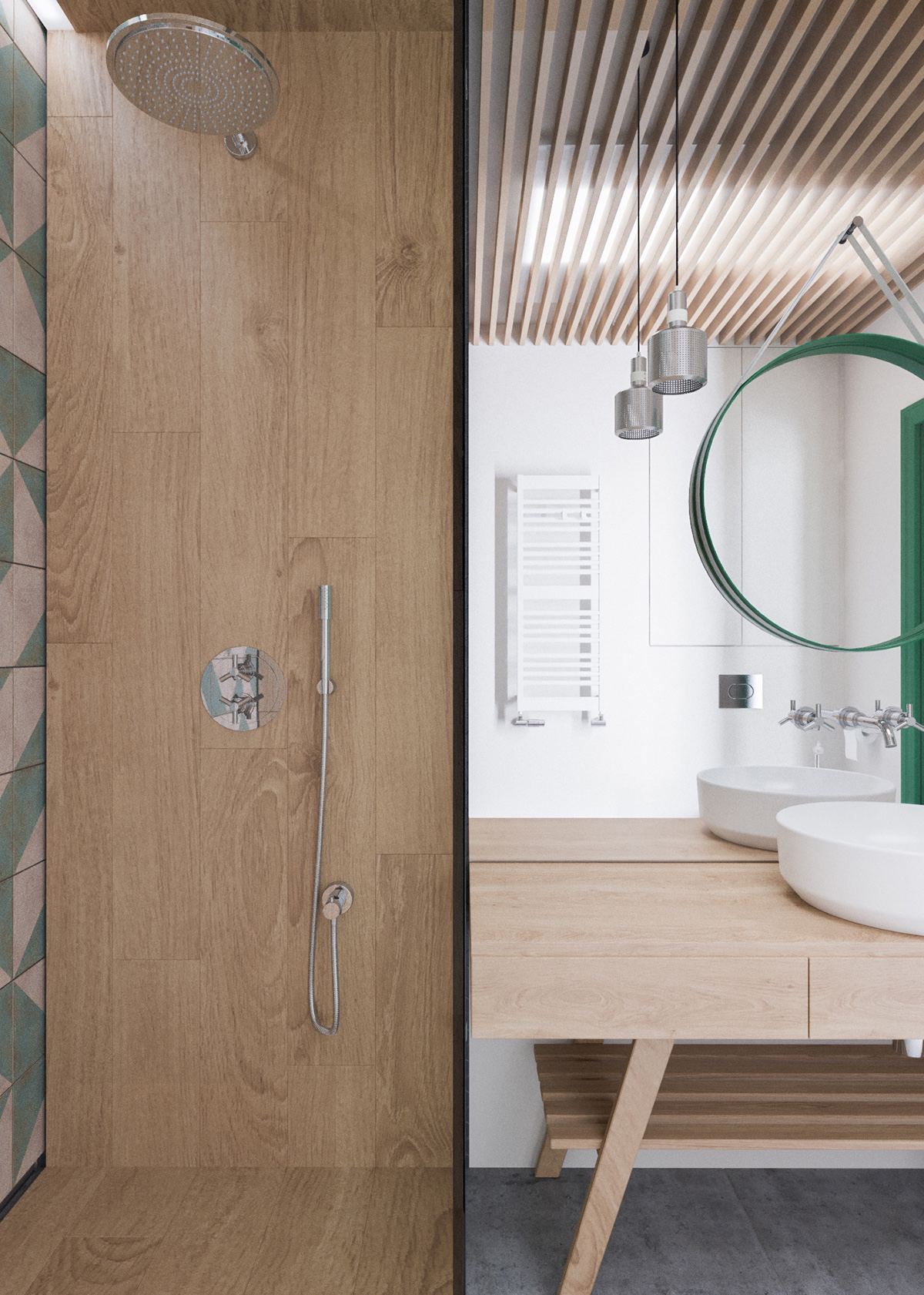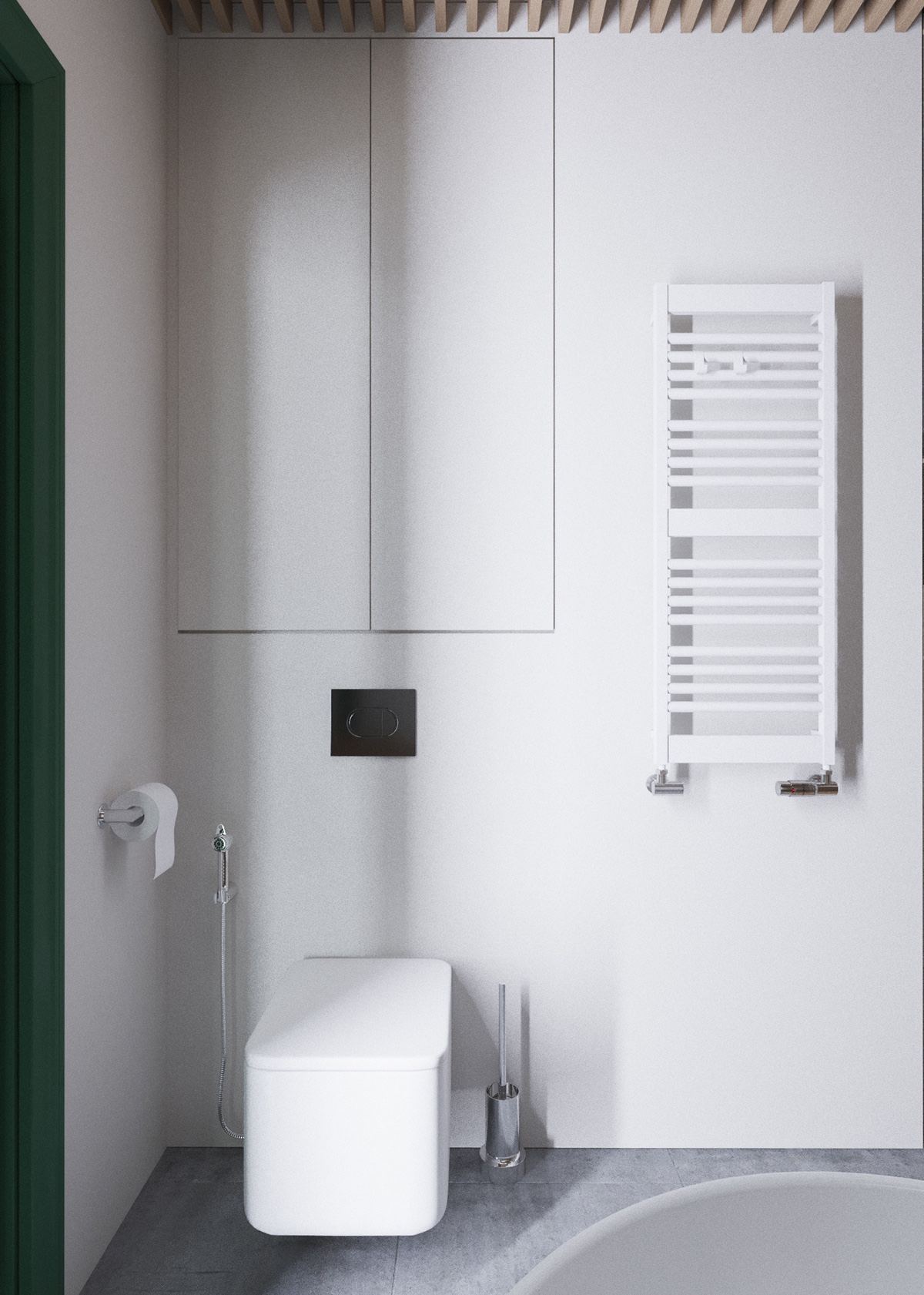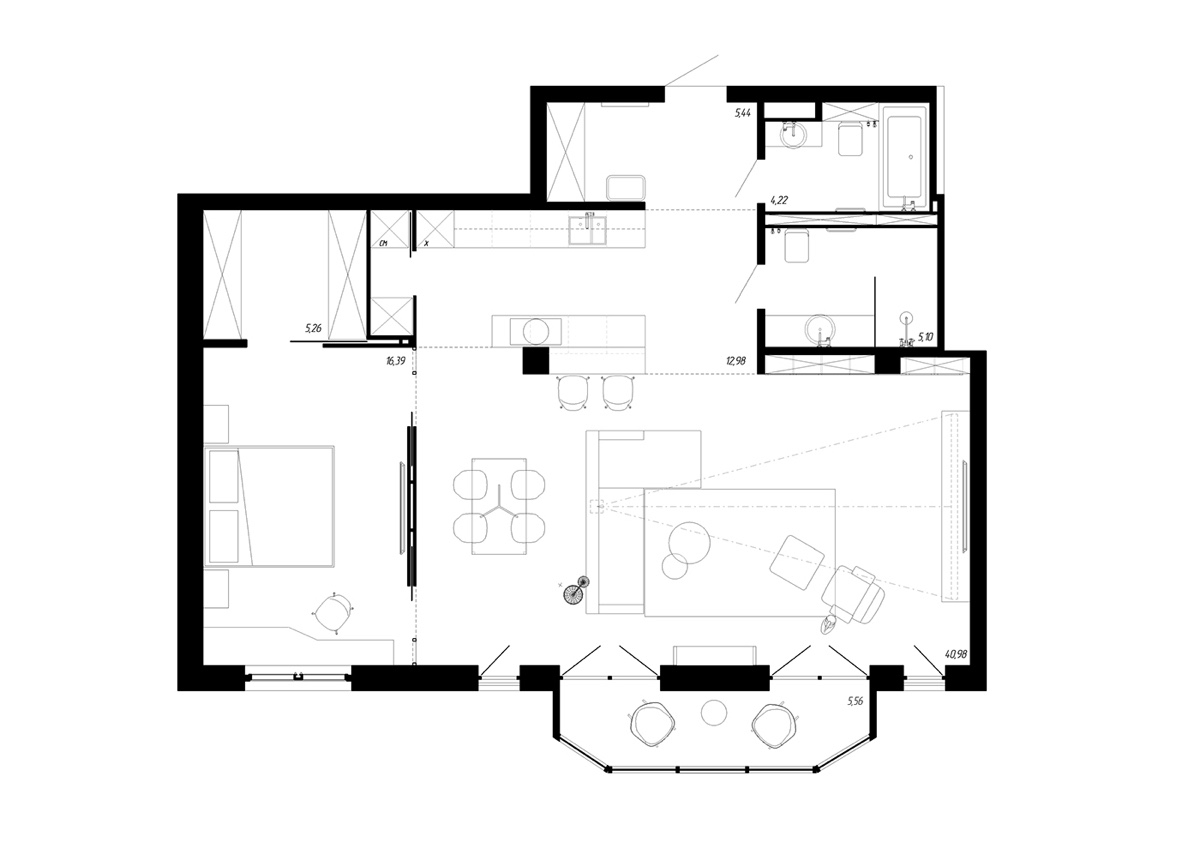At LinkedIn San Francisco Office by Interior Architects, Graphics Lead the Way
Talk about immense. As in 26 stories, totaling 440,000 square feet. An enviable terrace adds another 3,000 for a true outside draw, weekends and holidays included. That’s the count for LinkedIn’s office in San Francisco. The professional networking operation occupies a brand-new shimmery black glass tower, leased just as the architects at Thomas Phifer and Partners broke ground.
> Project Resources
Interior Architects __design director Neil Schneider and director of environmental graphics Julie Maggos, both senior associates, were involved from the outset—you might say even earlier. Already under their belts were LinkedIn headquarters in nearby Mountain View as well as offices in Chicago, New York, Toronto, and São Paulo, Brazil. So the pair are undeniably steeped in the client culture. But this latest project is no copy-and-paste job. “We did things we never did before,” Maggos says of phase one, 345,000 square feet on 18 levels.
This was her most extensive LinkedIn environmental graphics program yet. In fact, graphics were the project’s primary ordering device. They not only provide way-finding and define neighborhoods but also establish a narrative. Here’s the story: The protagonist is San Francisco itself—its glorious history and quirky nuances. “Every floor’s meeting rooms have a theme,” Schneider adds. For example, there are old-time bars (including Bustop Saloon and Little Shamrock), trendy coffee roasters (Blue Bottle, Four Barrel, et al.), musicians (Joplin, Tupac), movies shot locally (Princess Diaries, for one), and neighborhoods (Mission to Pacific Heights).
Ties to authors and poets—beats and beyond—take the form of quotes that appear on vinyl wall covering in one of the six libraries, where staffers can contribute a favorite book. Since video games loom equally large in the urban culture, IA gave employees a way to channel their not-long-ago youth via a “pixel wall”: Rotate its multicolored cubes to re-create, say, the Pac-Man icon. The city’s parks get their due with a wall of artificial turf, meant for posting selfies. Maggos and Schnieder always eschewed the obvious, with nary a glimpse of the Golden Gate Bridge.
Each level’s theme is introduced by a wall-mounted installation just off the elevators. Floor numbers, giving a salute to San Francisco’s Victorian architecture, are backlit cutouts in stacks of crown molding. Another way-finding device takes cues from street art’s vibrant palette, used for color-coding.
For office levels, IA devised four floor-plan types. Meeting rooms mostly hug the perimeters. Pantries, providing foosball tables in addition to snacks, appear on every other level. Wellness areas and support spaces pop up in different locations amid the height-adjustable workstations for the 2,800 staffers. Employee expression figures heavily throughout. Typical are writable walls, spaces for personal artwork alongside pieces by emerging local talents, and dedicated walls for announcements or team innovations.
The lower three levels depart from that scenario. Reception is an expanse of white terrazzo, its coolness tempered by wooden paneling. Behind the desk rises a blackened-steel wall into which a huge map of the city is etched for tie-to-place. A company logo displayed on a video screen can morph to reflect current events and interests. During LGBT Pride week, for instance, the rainbow flag’s colored stripes filled the letters of LinkedIn, while the background remained the corporate electric blue.
A terrazzo staircase joins reception to the level above, which is packed with perks. “Wellness was a particular concern,” Schneider says. Ergo the full gym, with its exercise studio, cardiovascular and weight machines, and locker rooms, plus private rooms for massages. From the gym, a corridor connects to the multipurpose room, which can accommodate everything from all-hands meetings to client events. Maggos used the corridor’s long sight lines to play a game with perception. To someone walking along, the blue letters and shapes painted on the walls, floor, and ceiling appear to be random. But stand on a particular spot, marked by a camera icon, and the jumble resolves itself into LinkedIn’s buzz phrase, “Focus on what matters.”
Taking over the entire third level is the cafeteria, where menus, global in scope, are offered gratis for breakfast, lunch, and the occasional dinner. However, that’s not all for food, wellness, and chillaxing. Meriting a separate shout-out are the amenities up on 17. A juice bar, the Pulse, serves restorative concoctions beneath a mural rendered in different shades of green moss, and a glassed-in corner lounge feels like it’s outside. Actual outdoors is available on the adjacent roof terrace, home to the branding pièce de résistance, a steel LinkedIn logo standing 4 feet high and 18 wide. The steel is perforated for graphic interest, sure, but also in deference to views extending all the way to the San Francisco–Oakland Bay Bridge.
Project Team: Carolyn Tucker; Colin O’Malley; Adrienne Harbarger; Michelle Hoffmann; Ruben Gonzalez; Kevin Lieberman; Nicholas Mosher; Amy Ehara; Anne Nilsson; Cara Rooney; Meghan Van Noort; Amanda Eggleston; Christine Lai; Gary Bouthillette; Megan Howell: Interior Architects. Moss: Display Consultant. Louie International: Structural Engineer. Mission Bell: Woodwork. American Terrazzo Co.: Terrazzo Contractor. Swinerton: General Contractor.
> Project Resources
> See more from the November 2016 issue of Interior Design
